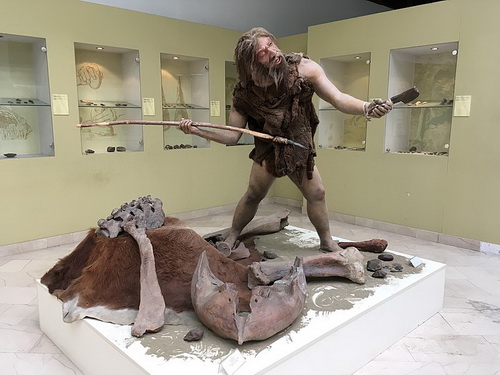
50,000 - 35,000 BC, Musterian era
Oldest settlement in Banjaluka area is discovered in Klašnice
Location knows as "Pećine" ("Caves") was site of the remains of prehistorical people and neanderthals from middle paleolithic.
Roughly made stone tools from used in everyday life serve as witnesses of human existence in this area at that time.
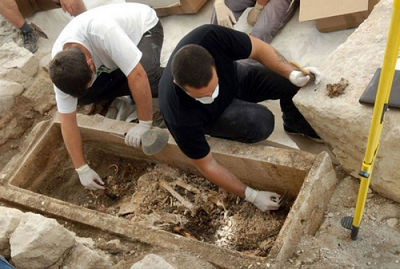
early Neolithic era, cca 6500 BC
In the settlement of Kočićevo, dugouts from the Late Neolithic were excavated
Large quantities of pottery, flint and bones were found during the excavations.
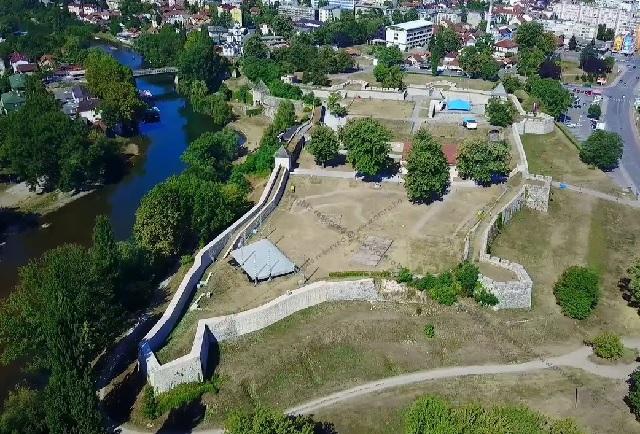
Eneolithic: 2500. - 1800. BC
First urban settlement in Banjaluka area
Urban settlement in Kastel area are the first cultural strain, in which Roman remains were found.
In the center of modern-day Banjaluka, in area of Kastel, remains of a settlement from bronze age were found.
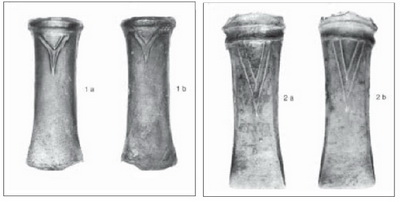
1800 - 700 BC
People in the Vrbas Valley use primitive tools
Findings include: daggers, winged axes, sickles, spears, bracelets, hair decorations,…
Traces of a settlement from bronze age (1800-700 BC) were found in Barlovci and Medeno Polje. Many objects were found in these locations, including daggers, winged axes, sickles, spears, bracelets, hair decorations, metal and ceramics,…
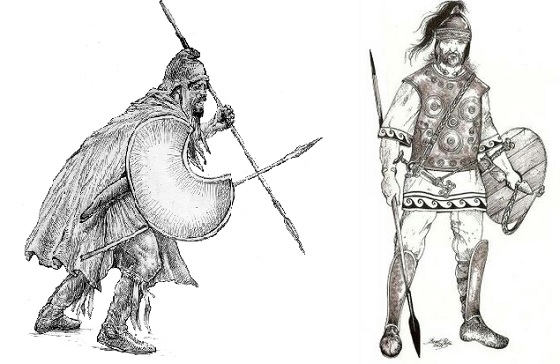
550 BC - 300 AD
Age of Illyrians or maybe Urnfield culture
Illyrian tribe Mazaei settle in areas around rivers Vrbas, Sana and Sava.
Mazaei (oldgreek: Μαζαῖοι) were Illyrians from the group Panon. They lived in Sana drainbasin, middle course of Vrbas, around Vrbanja and Ugar (500 BC - 300 AD). Urnfield culture was widespread and it was present in most of the Europe as well as Posavina.
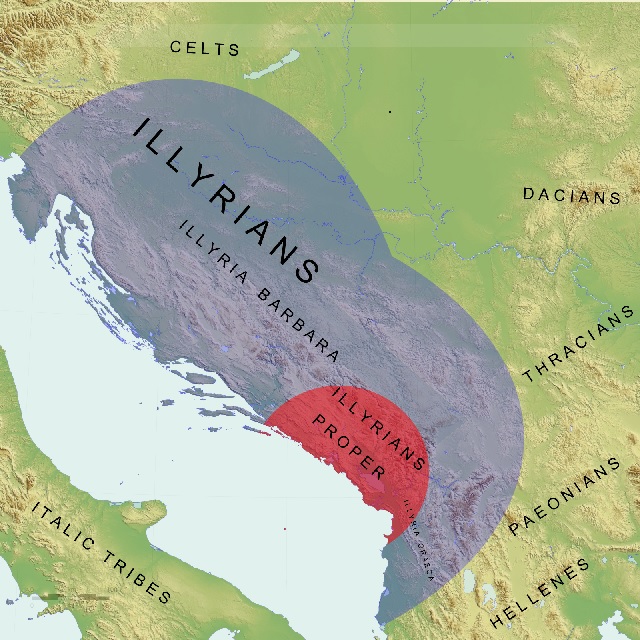
2nd century BC-5th century AD
Conflicts and wars between the Illyrians and Rome
Romans rule Illyrian lands for 8 centuries.
Conflicts between Illyrians and Rome began in 229 BC and were known as Illyrian wars. The wars ended in 168 AD with an Illyrian defeat and founding of Province of Illyria on Adriatic coast, just south of river Neretva.
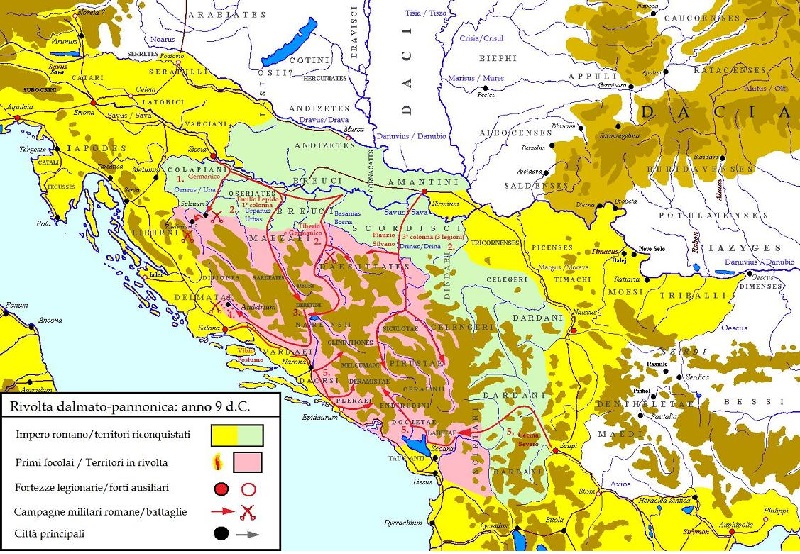
6-9 AD
Defeat of the Illyrians and arrival of Romans
The Baton's Uprising was crushed and it marked the end of Illyrian resistance and start of Roman predominance.
Baton's Uprising (Bellum Batonianum) or Great Illyrian uprising was the largest military conflict between several illyrian tribes and ancient Rome that lasted four years (6 - 9 AD).
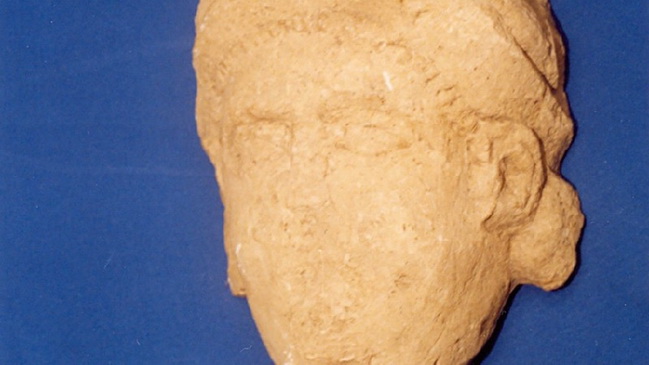
from the 1st to the 5th century AD
Period of Roman occupation
Area of Banjaluka was inhabited by Maezaeian Illyrians at this time.
This area was part or Roman province Illyricum. It was located on the intersection of Dalmatia-Panonia and Salona (modern-day Split)-Servicium (modern-day Gradiška) roads.
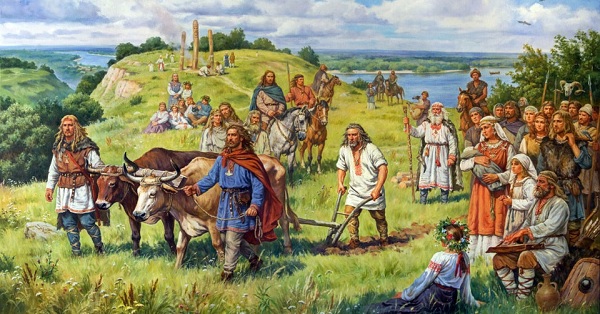
6th - 7th century
6- 7 century AD
Slavs and others periodically come to Roman provinces
"River People" start crossing Danube and Sava, while moving during Migration Period.
Migration Period is name for the period of widespread migrations of Mongol, Germanic, Slavic, Sarmatian and other tribes spread across several centuries.
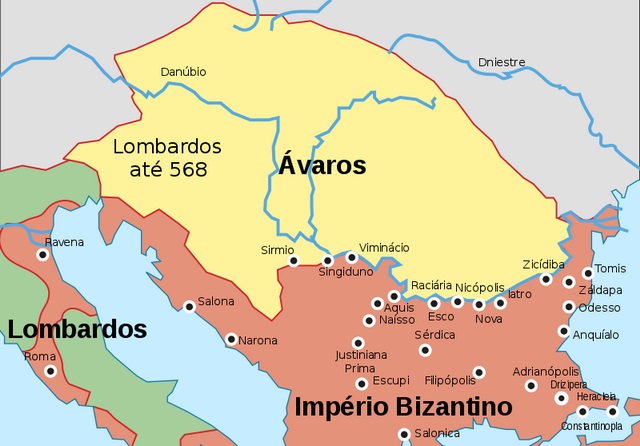
the end of the 6th and the beginning of the 7th century AD
Slavs made an alliance with Bysantium and assimilated as locals with time
Slavs crossed the river Sava, inhabited Balkans and area of Banjaluka in 6th and 7th centuries.
In early 7th century Slavs commenced mass colonization. While Avars retreat across Danube after pillaging, Slavs inhabit those lands permanently, taking a lot of land away from Bysantines.
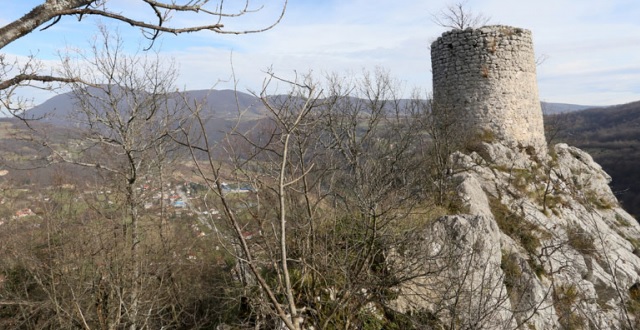
end of the 12th century
Tower "Greben" ("Reef") is built
Fortified medieval town of Greben remains covered in veil of mistery until this day.
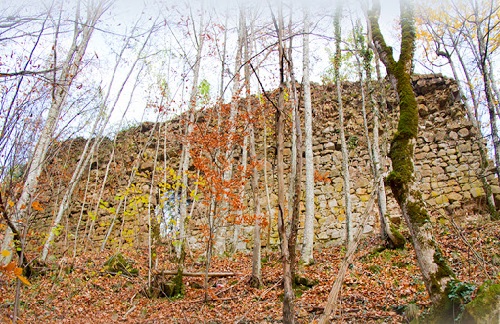
1293
Earliest Slavic settlement is Vrbas (Verbaz, Orbasz, Urbaz, Vrbaz, Wrbaz)
Vrbas town or Castrum Orbaszka is mentioned in 1293 and was the seat of the then province (župe) of Vrbas.
Some historians identify the town of Vrbas with Gornji Šeher. Most believe that it corresponds to the remains of the fortress and the city found in Gornji Podgradci, also known as the City of Maria Theresa.
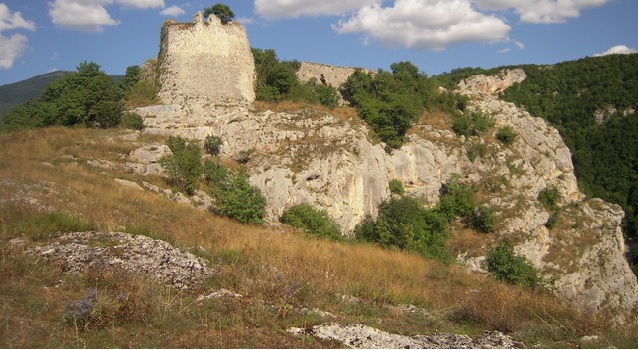
1434
King Sigmund fights Turks near Bočac
Turks and Hungarians fight for the predominance in Vrbas valley
In the area once known as Donji kraji (Lower parts) several remains of fortifications or towns still remain, with Bočac being one of the most famous. It is located on the Banjaluka - Jajce highway on a visible lump.
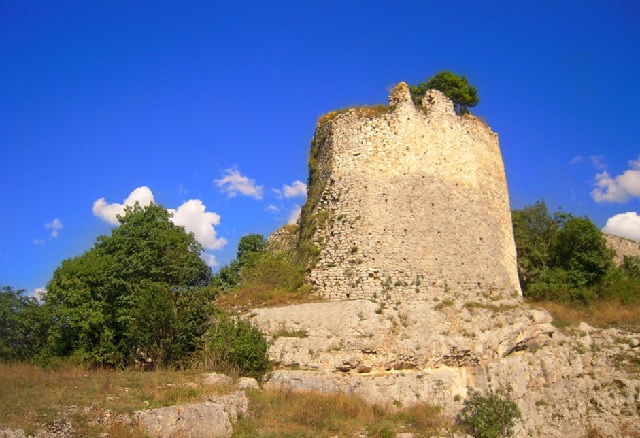
1463.-1528.
Fights for Zvečaj
Zvečaj had an extremely important role in many defensive battles fought around Banjaluka.
Zvečaj was a spacious, irregularly shaped fort, which fitted into rocky environment. This town was located on an exceptionally important location, near upstream entrance of Vrbas canyon, on Tijesno locality (behinf Krupa na Vrbasu).
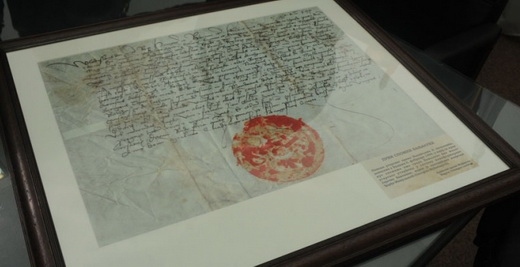
February 6, 1494
Name "Banjaluka" mentioned for the first time
King Wladyslaw the Second's charter mentions Juraj Mikulasić as Banjaluka's castellan.
A charter of king Wladyslaw II dating from 6th February 1494 sent to local commanders of cities on the border mentions Juraj Mikulasić as castellan of Banjaluka.
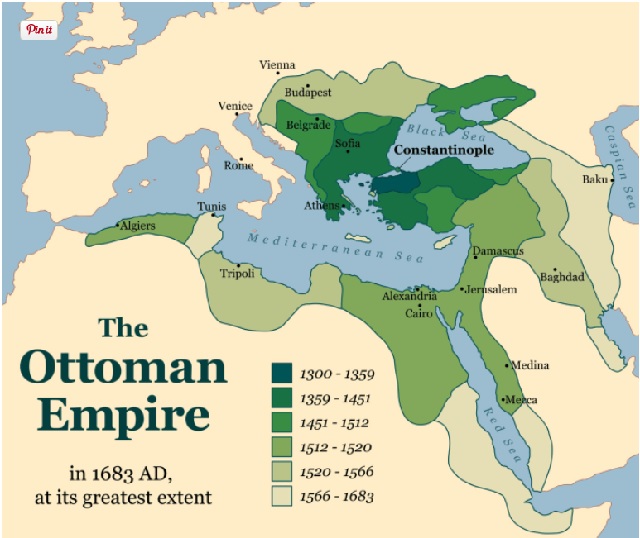
1527 or the first days of 1528
Banjaluka and its surroundings fall under Ottoman rule
Ottoman army led by Gazi-Husrev Beg captures Upper Šeher with fort.
Along with Jajce, the fort in Banja Luka resisted the most to the Ottoman occupation.

Beginning of the 16th century
Fort in Upper Šeher renovated
Haji Calfa mentions Upper Town and Old Banjaluka.
Upper Šeher is old part of modern-day Banjaluka, which existed before the Turkish occupation and consisted of town and township.
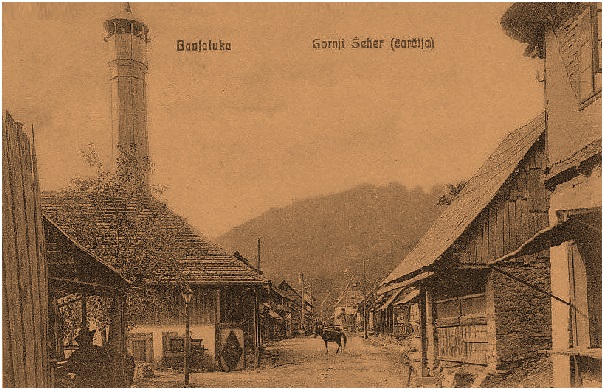
around 1530
Atiki or Emperor's mosque, first mosque in Banjaluka
Its construction was ordered by sultan Suleiman the Magnificent.
Name Empereror's mosque was given to it after Suleiman Khan (Magnificent) that lived from 1520 until 1566. Allegedly, while going back to Turkey after the siege of Vienna, sultan spent a night in Banjaluka, where he ordered mosque to be built.
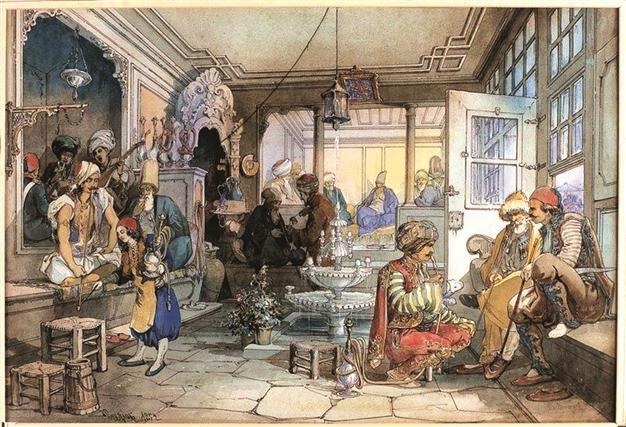
1533
With Ottomans Banjaluka became an important administrative center
With building the Upper Šeher Banjaluka developed quickly and becomes capital of the Sanjak of Bosnia.

1535
Pominje se manastir Gomionica
Gomionica Monastery, where worship has not been interrupted for centuries
The document, which dates back to 1560, and represents the letter of the then pasha to the authorities in Istanbul, states that Abbot Andrija has been the governor of the Zalužje monastery for 24 years, also known as Gomionica.
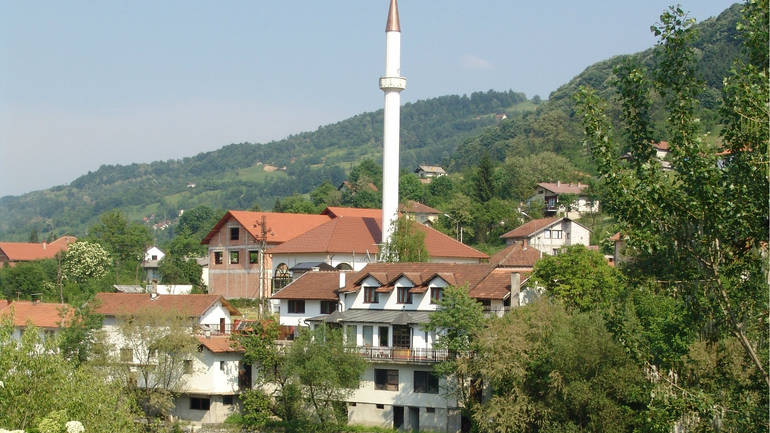
1554
Jama ('yama') mosque, the oldest public mosque in city was built
It was unique in terms of having area for praying, jama ('yama') that helps in prayers coming true.
Jama mosque was built by Sofi Mehmed-pasha as first bosnian governor seated in Banjaluka. It's greatest in size, and the second oldest mosque in Banjaluka. The mosque is under UNESCO protection as World Heritage site of 3rd category.
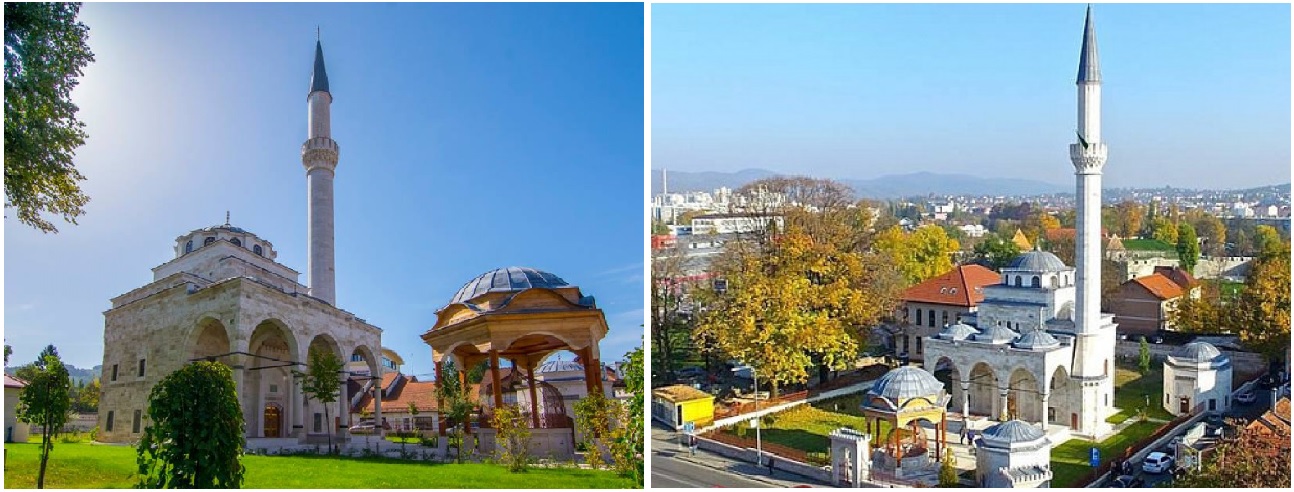
1579 - 1587
Ferhadija built in the prosperous age for the city
The Ferhadija Mosque is the most important endowment (waqf) of Ferhad-pasha Sokolović
Ferhadija was added to a landmark in Bosnia and Herzegovina in 1950, and it was also added to UNESCO World Heritage list. Architect that built the mosque is unknown, but it is known that he was a student of Mimar Sinan.
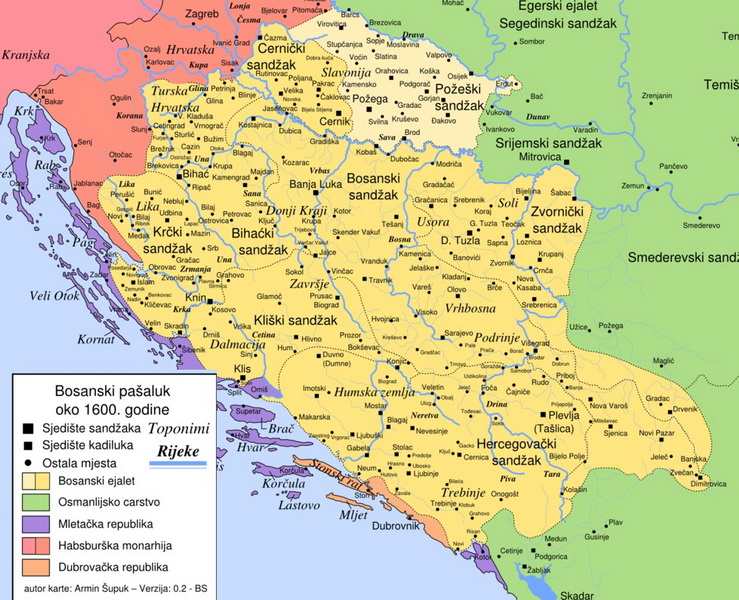
1580–1639.
Banja Luka becomes the center of Bosanski Pasaluk
Ferhat-beg Sokolović (1580–88), the former sandžak-beg of the Bosnian sandžak, was appointed head of the Bosnian pashaluq.
The Bosnian pashaluq was created by uniting the Sandžaks: Bosanski, Hercegovacki, Kliški, Krčko-lički, Cernički (Pakrački), and by adding Zvornik, Požega, Prizren and Vushtrri.
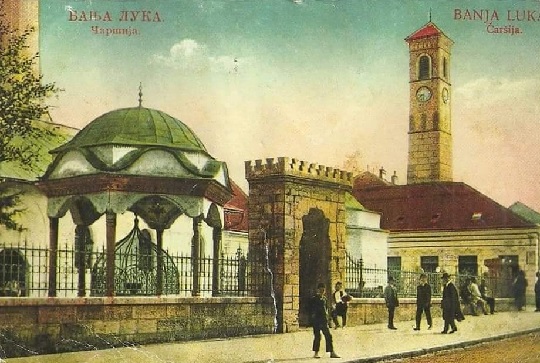
1587
Clock Tower built
According to the records in the endowment, it can be claimed that the Banja Luka clock tower is the oldest clock tower in Bosnia
It was demolished in the last war (1994) and has not been renovated yet.
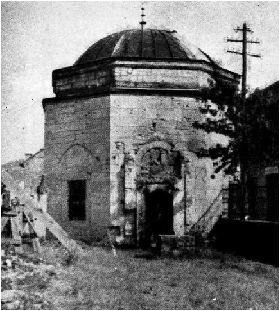
September 1590
Ferhat Pasha Sokolović was killed in Budim
One of his slaves was killed, but the name of that slave was not revealed.
The dead body of Ferhat Pasha was transferred to Banja Luka and buried in a turbe near the Ferhadija mosque.
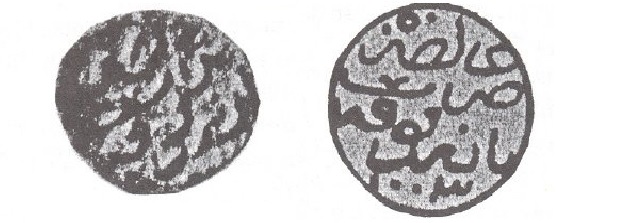
1595.-1603.
There was a coin mint in Banjaluka (darbahana)
Slobodan Srećković claims that this was one of the 11 turkish mints in the territory of Yugoslavia.
According to a research made by Slobodan Srećković, one of the most informed numismatists for Ottoman money, there was a mint that worked in Banjaluka at some point in time.
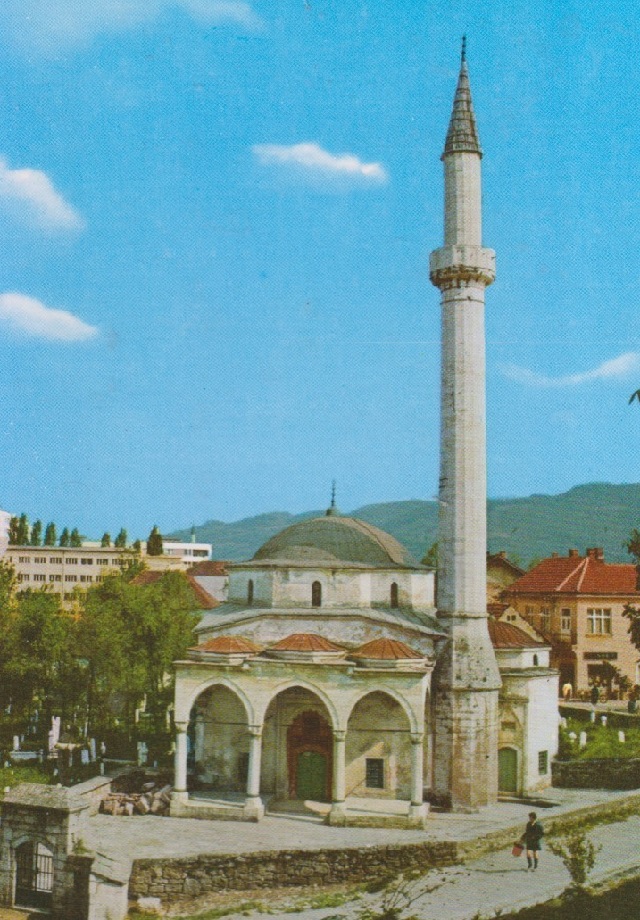
1595
The Arnaudija mosque was built, the Defterdardija mosque. Hasan Tefterdar Mosque
This mosque was built by Hasan Effendi Defterdar (Minister of Finance) of the Bosnian Pashaluk.
Located then in a new part of the city: Donji Šeher, which is now in the city center, the Defterdardi mosque was built as the other end of the Banja Luka craft transversal, with Ferhadija at the opposite end of the street.
1596
Orthodox christians build the church
Idriz-pasha grants the permit for a mudbrick church to be built in Banjaluka.
According to some researchers, there was another orthodox church near spa in Upper Šeher.
1639
Seat of Bosnian pashaluk moved to Travnik
Banjaluka loses its significance
As Ottoman empire lost its influence in the area Banjaluka became a city on the border. Because of incidents that were occurring more and more often the city was no longer safe enough to be pashaluk's seat, it moved to Travnik first and then Sarajevo.
1650
Armory built in Banjaluka
Banjaluka becomes a fortified city and seat of kaptanlik (military counties).
With time the armory (tophana) that stood in place of Kastel transformed into fortified city with walls and towers, that kept being upgraded. Commander of gunners in 1719 was Mustafa Alajbeg Svetačković.

around 1660
The city consists of 45 neighborhoods (mahala) 13700 houses and 150 shops.
At a time, Banjaluka was a šeher which would equaled term of "imperial city" in Europe.

around 1660
Evliya Çelebi saw huge cabbage and sweetest cherries in Europe
"Banjaluka's baklava is such that is has no competitors"
Evliya's data is considered to be exaggerated.
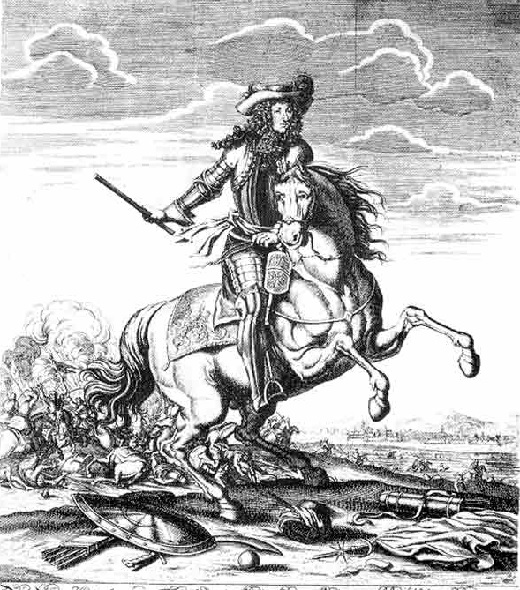
1688-1690
The Austrians under the leadership of Ludwig ((Louis) of Baden occupied city
During the retreat, the Austrians burned Banja Luka and it took years to recover from the destruction.
During the Vienna (Great) War of 1684–99. The Holy League, which consisted of Austria, the Polish-Lithuanian Union and the Venetian Republic, has been at war with Turkey since 1686.
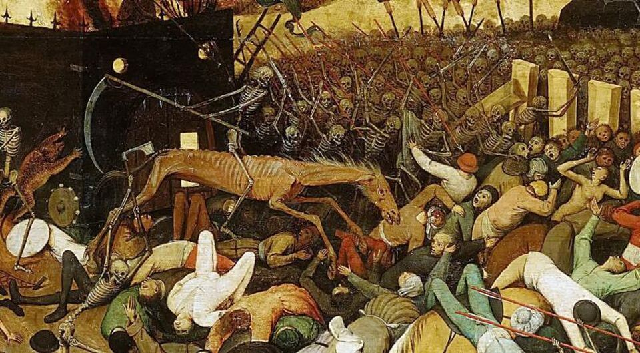
1690-1795
Times of plague and flame
Years of misfortune and "kratelj".
It was recorded that plague pandemic struck Bosnia severely on several occasions: 1507, 1546, 1605, 1677, 1689, 1690, 1731-1732, 1762, 1780-1783, 1813-1818, 1833.
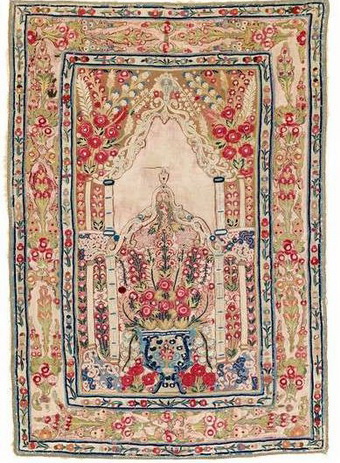
1690
Described Embroidered Rug from Banja Luka known as Banalukakari seccade
The well-known seccade (small carpets that were used as decoration and for prayer) was produced in Banja Luka
Unlike other prayer rygs ones made in Banjaluka were not weaved but embroidered.
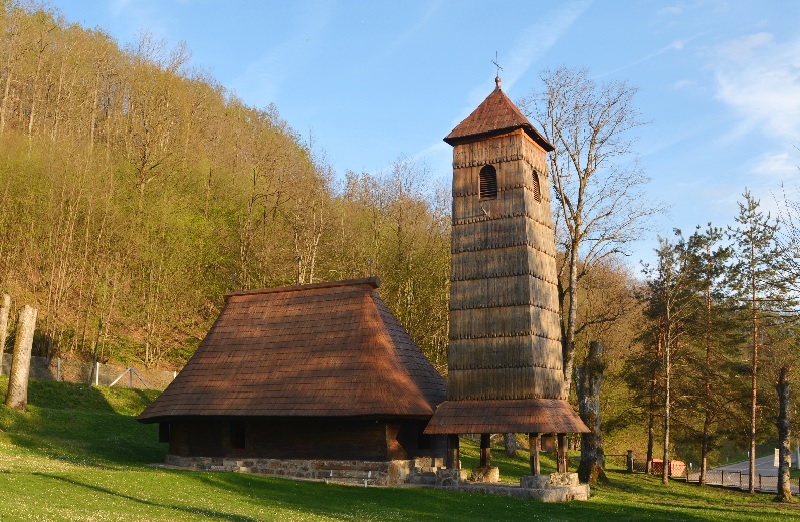
1699
The Church of the Transfer of the Relics of Saint Nicholas was built in Jelicka
Originally, this church was located on the left bank of the Gomionica in a place called Kućiština.
A church record from 1699 about the priest Ninko from Timar has been preserved. Timar is a land granted by the sultan to prominent warriors. In Potkozarje, Timar encompassed several villages: Jelicka, Omarska, Gradina, Maricka, Radosavska, Slavicka ...
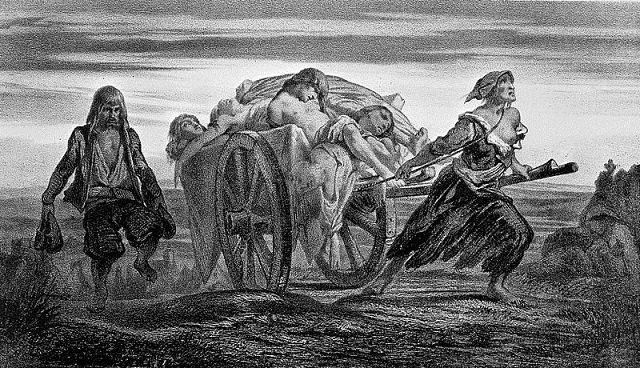
1729.- 1739.
Horrible tragedy strikes Banjaluka and its surroundings
Large pandemic of plague took 7000 human lives.
Fra Bono Bonić in his 1732 "Yearbook" states: "This year there wasn't a town, nor a city, nor village without the plague. It killed a lot of Christians, while number of Turks is unknown".
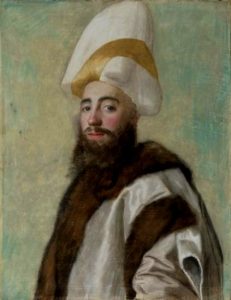
August 4, 1737
Battle of Banjaluka
Battle of Banjaluka was fought between Austria and Ottoman Empire
Battle was fought under Banjaluka on August 4, 1737. Ottoman army, which comprised of locals who fought voluntarily, won apsolutely.
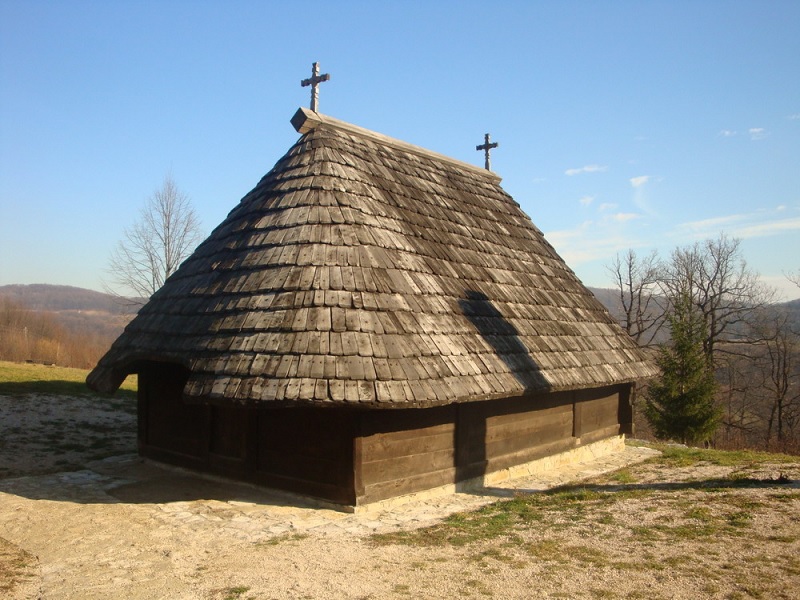
1779
A wooden church dedicated to the Ascension of Christ was built in Kolima near Ba
According to legend, the church could not tolerate Turkish oppression and moved from one hill to another.
The exact date of the construction of the church of the Church of the Ascension of Christ in Kolima cannot be determined. According to the majority, it was 1779.
1813. - 1818.
Plague ravens Banjaluka and its surroundings
Cemeteries were not big enough.
Plague took most lives between 1815 and 1817. Even though its intensity was reduced in 1818 it still took lives of the inhabitants.
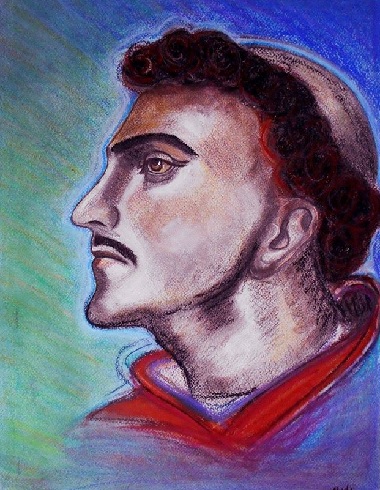
July 8, 1818
Fra Ivan Franjo Jukić of Banja Luka is born in Banjaluka
He is the author of first written history and geography of Bosnia.
Public educator and political tribune, an advocate of illyrism, writer and travel writer. He studied philosophy and theology in Zagreb, Veszprém and Dubrovnik. He began publishing first magazine in Bosnia and Herzegovina - "Bosnian Friend".
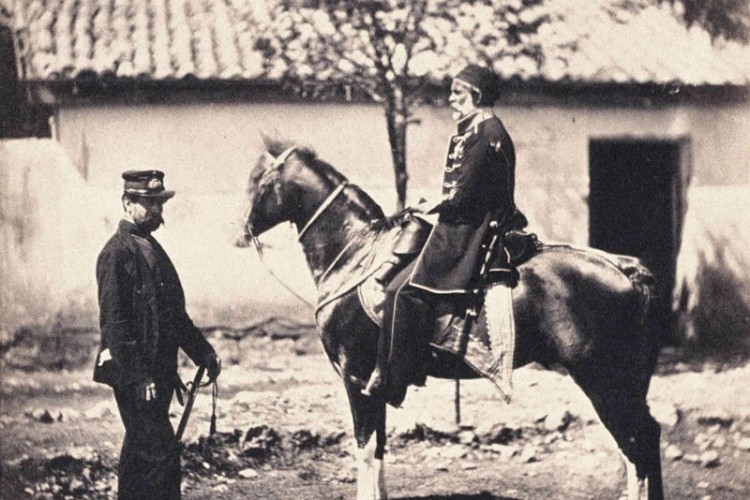
1827
Mihajlo (Mićo) Latas escaped to Banja Luka
In Banja Luka he converted to Islam and changed his name to Omer and later went down in history as Omar Pasha.
At the Peace Negotiations in Paris in 1865, he represented the Ottoman Empire as the supreme commander of the Turkish army.
In Paris in 1865, he represented the Ottoman Empire as the supreme commander of the Turkish army.
1833.
Banja Luka is surrounded by 9 ramparts (tabija)
According to the preserved official record from 1833, there were 23 cannons in the city.
Among the cannons is a cannon called haberdar, which was used to announce important events and alert, but was also used in combat. Based on that, it is clear that Banja Luka was a military, important defense and command center.
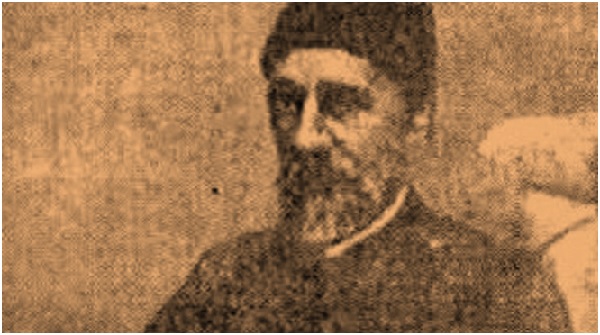
Mart 1851
The mysterious death of the Herzegovinian vizier Alipaša Rizvanbegović Stočević
Pasha was killed by a rifle bullet at the end of March 1851 in the camp of Omer-pasha Latas in Dobrnja near Banjeluka.
The dead body of Ali Pasha was transferred to Banja Luka, where he was buried. There is information that the memorial of the tomb of Ali-pasha Rizvanbegović was located next to the Ferhadija mosque.
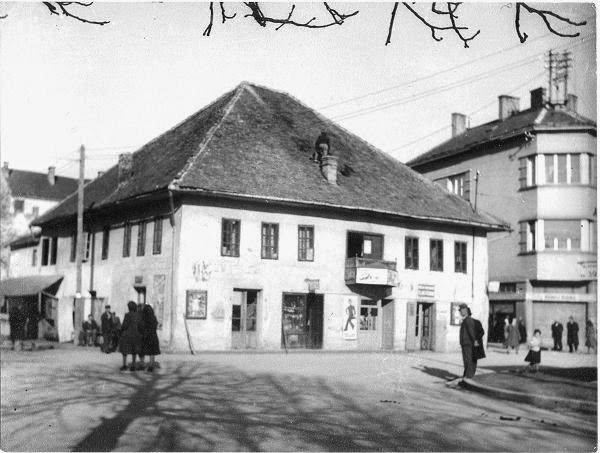
1862.
Trader Tomo Radulović built a house known as "Albania"
Austrian consulate opens.
Austrian consulate was situated on the top floor, while ground floor was rented to traders Moritz and Kastel. This locale was named Kastel's corner after him. It was demolished in 1957 in order for a skyscraper to be built.
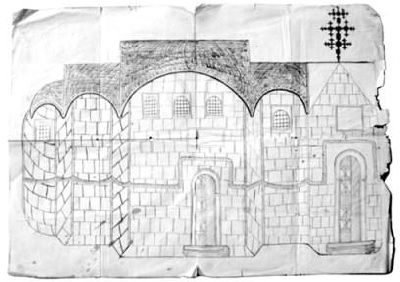
The end of the 19th century
Two orthodox churches built
Pelagić's cell was built and Rebrovac church was rebuilt with a help of a significant donation by the emperor Joseph I himself.
Cell churches, built during the Turkish age, had a specific appearance. They could not be built with stone, they had to be built out of wood instead and were not supposed to be roofed permanently.
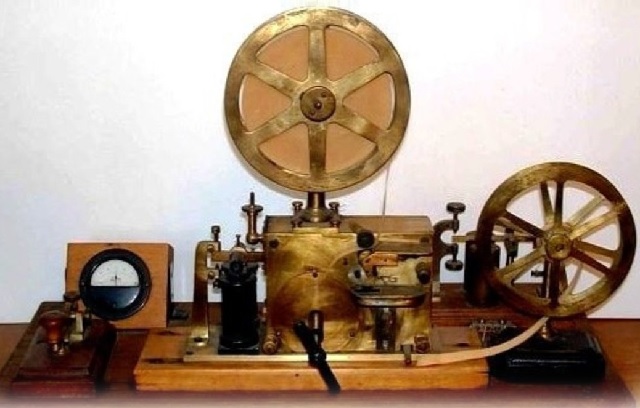
1866
The telegraph, the first in the Balkans, started operating in Banja Luka
The Telegraph connected Banja Luka with Sarajevo and Bihac.
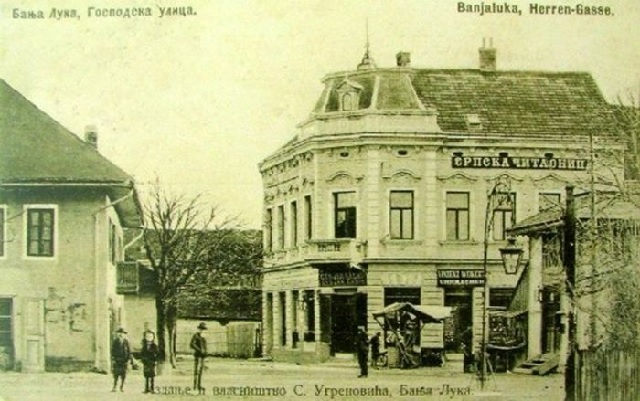
1868
First public reading room is founded
Most of the fund of the Serbian Reading Room has suffered over time.
After the Serb uprising 1875-1878, Reading room and Seminary stop working. Under Austro-Hungarian occupation Reading room reopens in 1893 under difficult conditions.
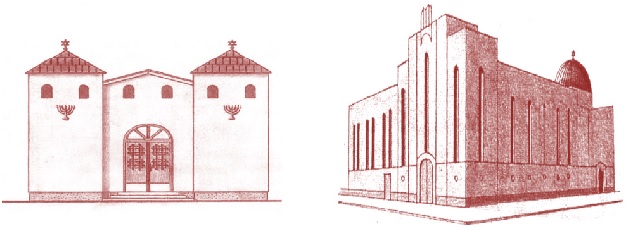
1870.
First Sephardi sinagogue with meldar is built
Not long after that Ashkenazi Jews arrive as well.
Written records of permanent Jewish presence in the city in 17th century don't exist. Unfortunately, all the traces of old Jewish culture were detroyed in the horrors of WW2.
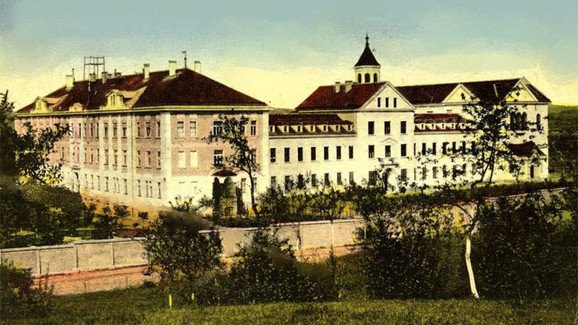
1872
After 400 years bell can be heard in Bosnia
Trapistic abbey was granted permit to ring bells for a prayer against the drought.
Abbey "Marija Zvijezda" (Mariastern) left an uneresable trace on the life in a city on Vrbas river.
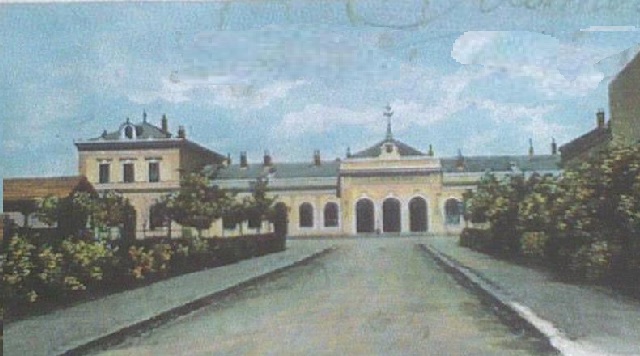
December 24, 1872
First railroad starts operating
First railroad in Bosnia starts operating between Banjaluka and Dobrljin.
This railway was built as part of the Constantinople Highway, which, according to Turkey's plans, was to connect Constantinople with Vienna.

1873
Banja Luka Brewery started operating
Beer and cheese production began within the Trappist monastery
Franciscans brought beer brewing tradition as well as beer consuming habit.
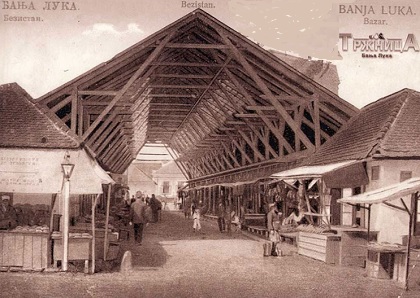
1873.
Jusuf Šibić built Bezistan (Covered Alley) on the Govedarica market
The covered alley was set on fire in all war conflicts, and it was definitely demolished in 1957.
Bezistan consisted of two rows of shops - known as ćepenci. These vaulted cepenci separated by a footpath became known as a covered alley, a covered bazaar, but also as Bezistan.
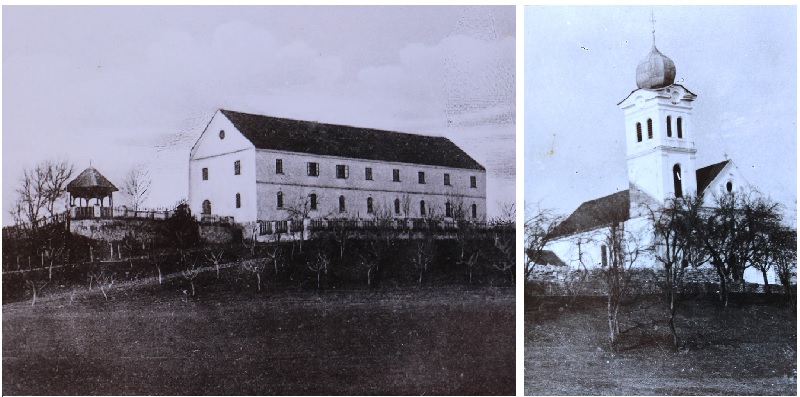
1875
Franciscan residence moved to Banjaluka
In 1887 Fransiscan monastery was canonically established.
Year of 1875 is taken as a year of foundation of Petrićevac parish in Dudić locality. A year before that a Franciscan monastery was built.
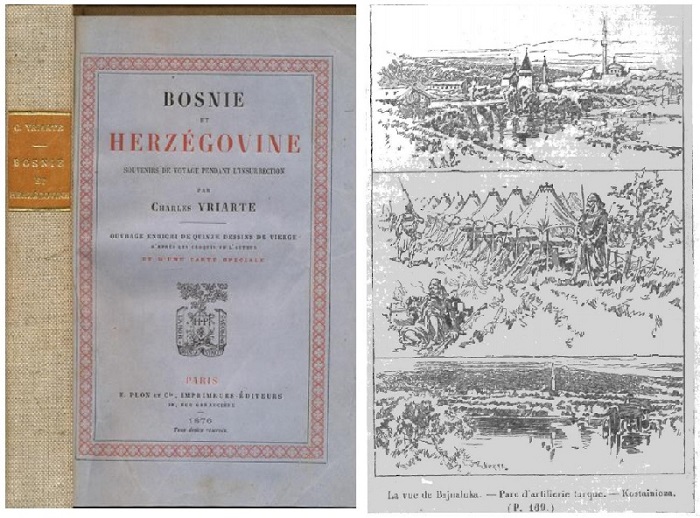
1875
The European press writes about the opportunities and life in Banja Luka
The Bosnian uprising provoked great interest from the great European powers.
The riots lasted for several years until Bosnia was given to Austria-Hungary as a protectorate at the Berlin Congress.
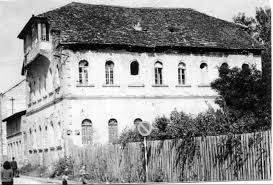
1875
Omer Pasha Latas founded first public hospital (hastahana)
This military hospital was first hospital with educated doctors and a bathroom and it was located in a private house in the city
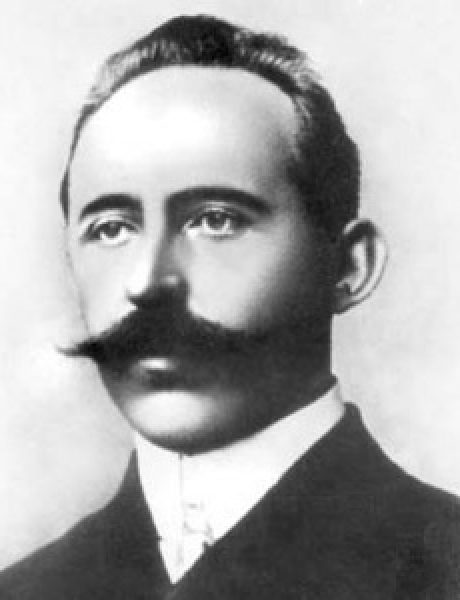
July 29, 1877
Petar Kočić is born in Village Stričići near Banjaluka
He was a national tribune and the greatest writer from this area.
Petar Kočić is a great Serbian writer, but also a national tribune, freedom fighter, fighter for a vernacular, and a politician. "Badger in Court", "Screams from Zmijanje", "From the mountain and under the mountain", "Sudanija" are only few of his works.
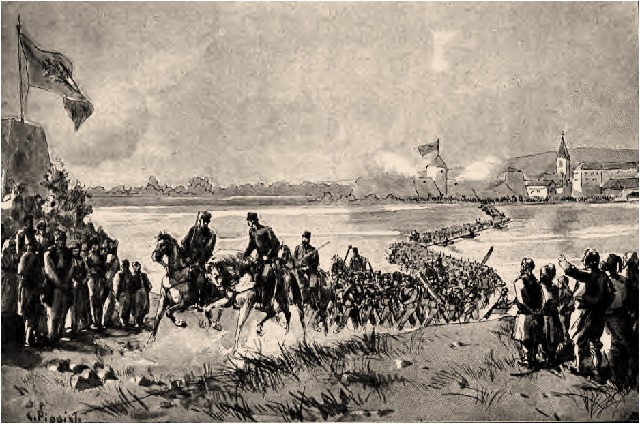
July 31, 1878
Austrian troops enter Banjaluka
Locals resisted and were later brutally punished.
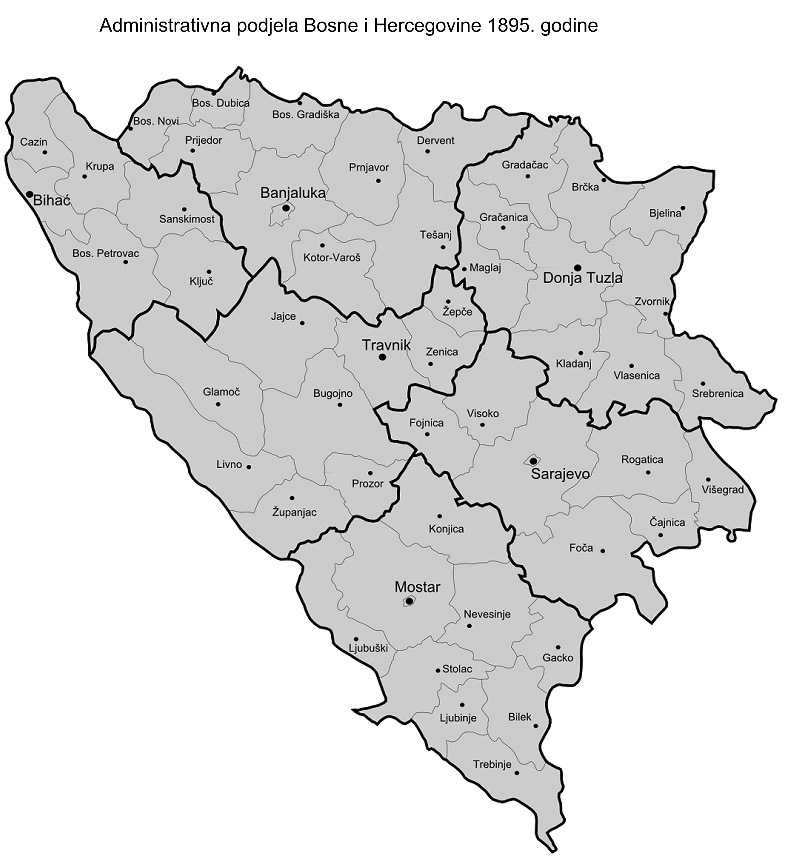
1878
Banja Luka becomes the center of the district: “Okrug Banjaluka” Kreis Banjaluka
The Banja Luka district was founded after the annexation of BiH by Austria-Hungary, in the area of the former Banja Luka Sandzak
The district of Banja Luka extended its existence in the Kingdom SHS until 1923, when the Vrbas region was established.
The district of Banja Luka was re-established in 1945 and existed until 1964, when, like all other districts, it was abolished by law.
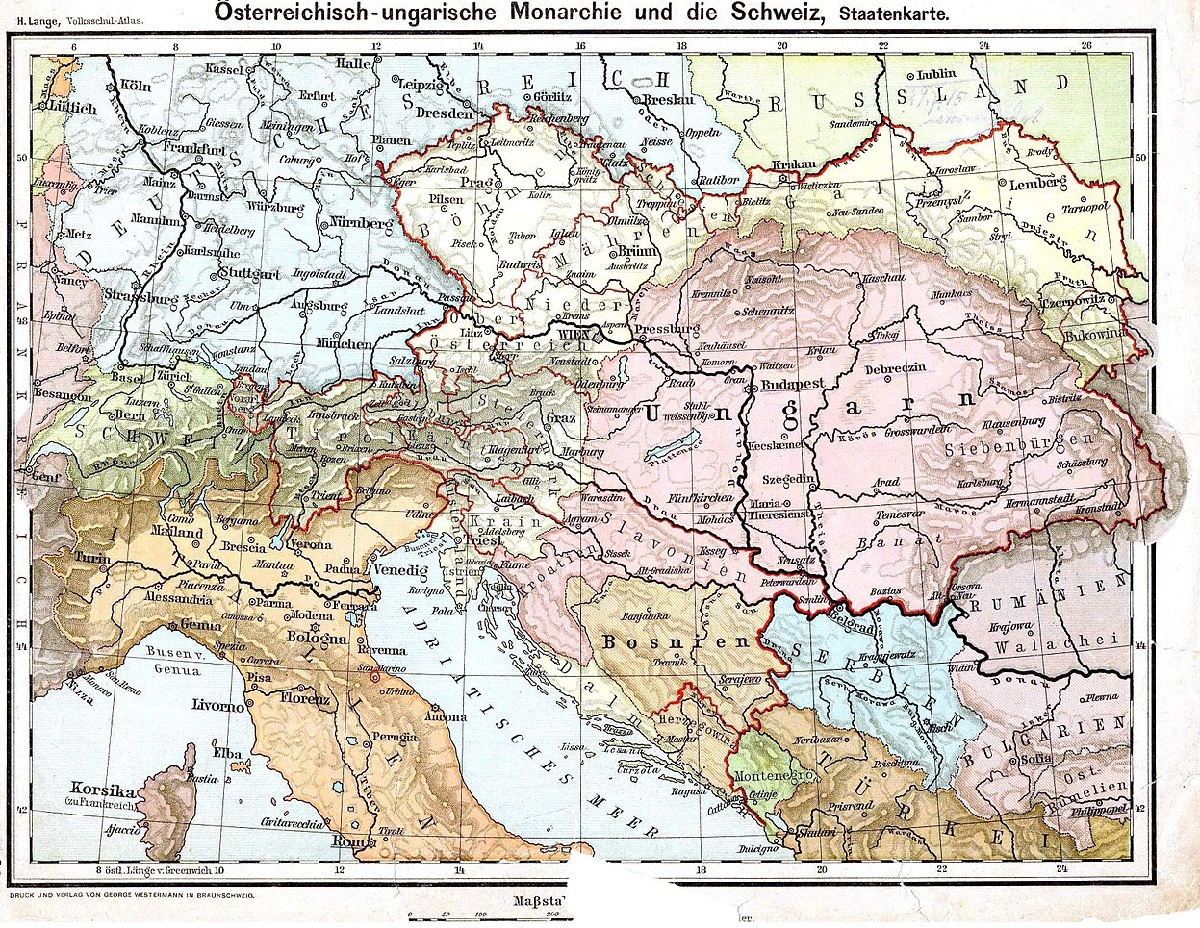
1879
Austrohungarian authorities conduct first official census
9.560 people were living in Banjaluka at the time.
Austria-Hungary conducted four more censuses in Bosnia. Given their results, it can be concluded that, regardless of relative progress, Banja Luka was neglected and marginalized by the Austro-Hungarian authorities.
May 5, 1881
Pope Leon XIII founded Banjaluka diocese
With this seal pope established regular clerical administration in Bosnia and Herzegovina.
May 31, 1881
"First concert in Bosnia" held in Banja Luka
They listened to Mendelssohn, Wagner, and Liszt
The first significant cultural event since the Austro-Hungarian occupation of Bosnia and Herzegovina. "Bosansko-hercegovacke novine" brings the complete program of the concert.
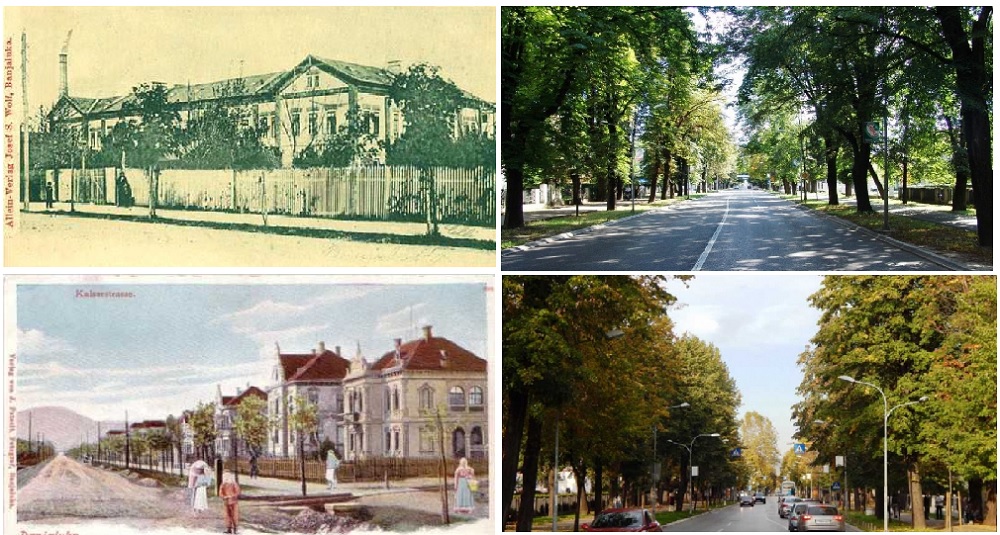
1882
The first alleys of Banja Luka were planted
The Austrian commander of the city, Baron Nelson, ordered the the planting of alleys, which became the pride of the city.
By 1885, 17 kilometers of trees with about 4,700 trees had been planted along the main streets of Banja Luka. To this day, the largest alley from that time, the Imperial Road, has been preserved and is under state protection.
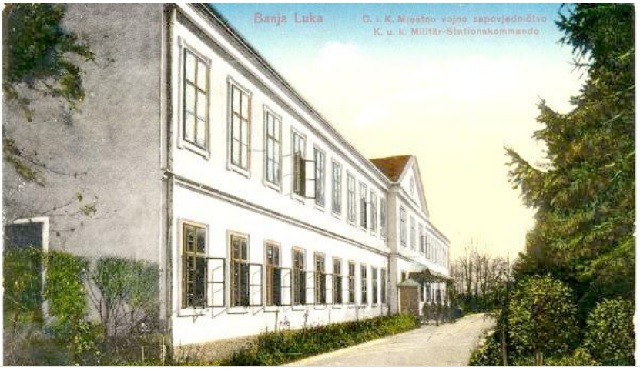
completed around 1883
The newly built Military Command building became known as the "Imperial House"
The first massive building built in Banja Luka after the Austro-Hungarian occupation.
The "Imperial House" is the building that has been in public function for the longest time in BH. No older non-sacral objects have been preserved. It is protected as an immovable cultural asset in the Republika Srpska. It is used as the Archives of RS.
August 3, 1886.
August 3, 1886.
The first printing house in Banja Luka
Printing house was started by a bookseller Josip S. Volf under the name of Jos. S. Wolf.
Shortly after two more printing shops were opened. The first one was opened by Spiridon Ugrenović in 1900. The same year catholic order of Trapists opened smaller "monastic pressroom" that was operated by the monks.
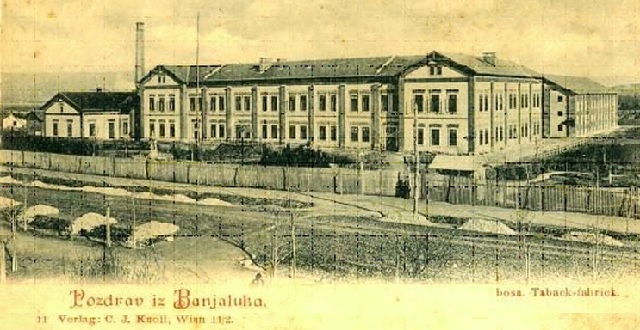
1888
The first industrial plant of the Banja Luka Tobacco Factory started operating
The tobacco factory employed 280-300 workers, mostly women from the city and the surrounding area.
The factory operated continuously even during both world wars, until 2018, when it stopped production.
1888
The first strong earthquake was registered in Banja Luka
The magnitude of the earthquake was 5.5 on the Richter scale
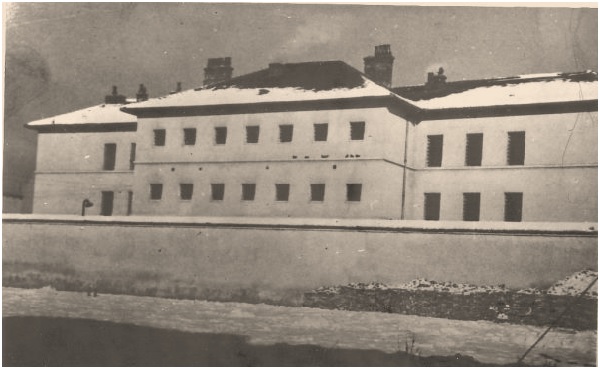
1889
Banja Luka District Prison built, later notoriously known as the "Black House"
The prison remained at that location until 1980, when it was moved to the settlement of Tunjice.
Regimes and states changed, prison remained.
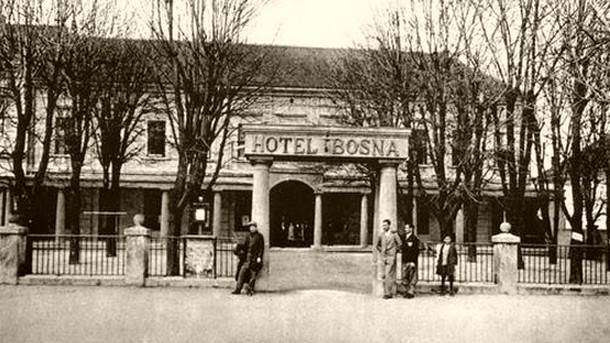
1885
Hotel Bosna was built on the site of the old inn
Later it was rebuilt several times and after the 1969 earthquake it was rebuilt and today it works as a hotel Bosna
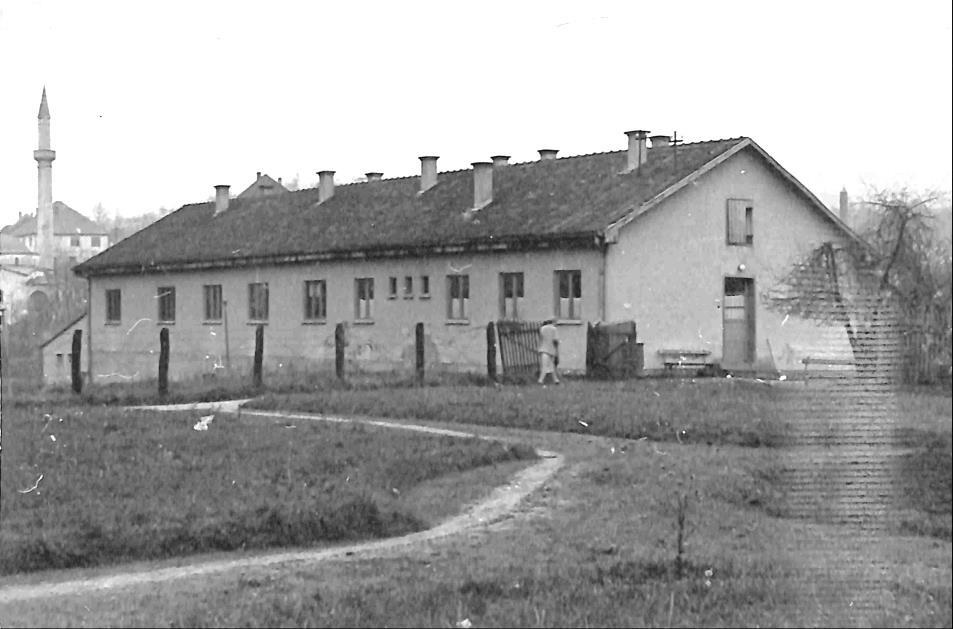
July 1, 1892
Austria builds first dedicated hospital building
Made in accordance with Ludvig Huber's design, the hospital had 64 beds.
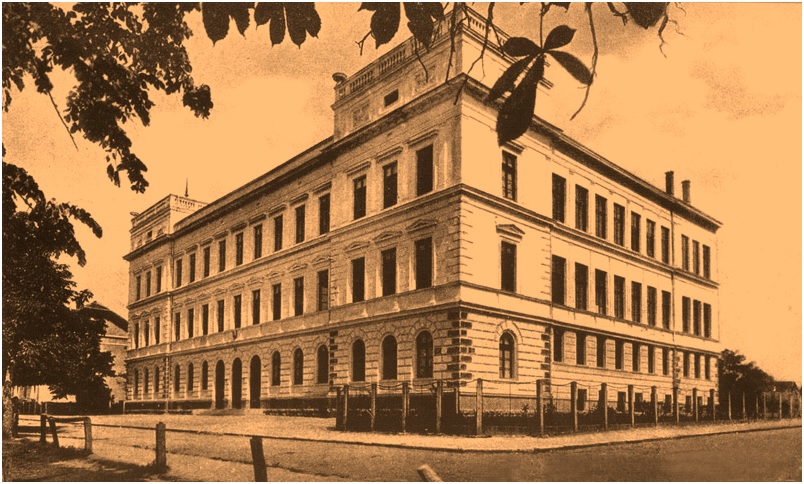
October 4, 1896
The original grammar school founded
A school which tradition is continued today through Gimnazija Banjaluka began to work.
Grammar school was established with purpose of preparing students for "forestry, agricultural, chemical and other schools of higher education".
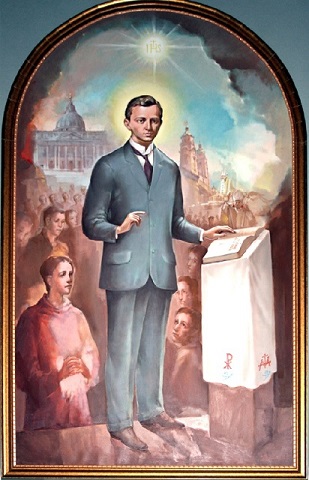
December 16, 1896
Ivan Merz was born in Banja Luka
Pope John Paul II beatified John Merzy at a Mass in Banja Luka in 2003
"A prominent layman in the testimony of the Gospel" - in these words Pope John Paul II described Ivan Merz.
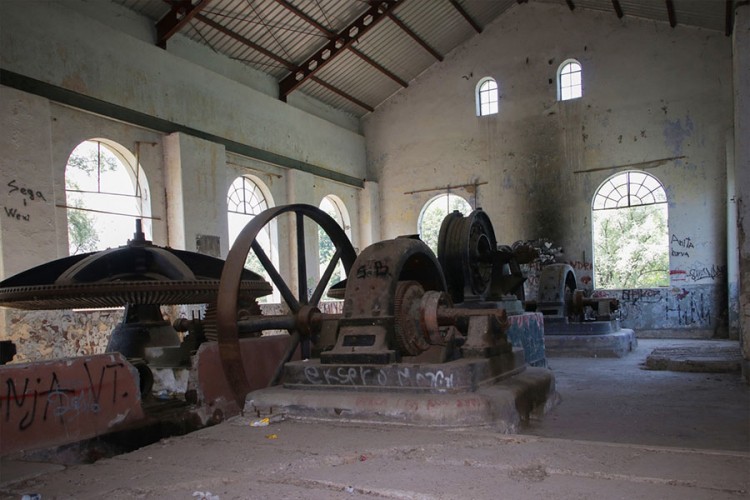
March 27, 1899
First electric lightbulb in Banjaluka.
It was lit thanks to monks of the trapistic monastery "Marija Zvijezda".
In november of the same year first turbines were installed to hydroelectric power plant on river Vrbas in Trapisti. The power was increased and in only three years time electricity reached the train station in the suburbs of Banjaluka.
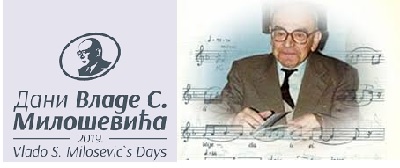
April 10, 1901
Born composer Vlado Milosevic
Academician, prominent ethnomusicologist and composer
Harmonizations and arrangements for choir, solo songs, orchestral works and the first opera in Bosnia and Herzegovina "Badger before the court" stand out in Vlado Milosevic's work.
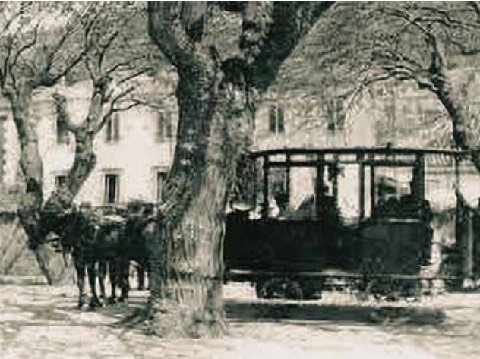
19'02
The first public city transport has been established
The transport was established by the entrepreneur Dušan Pišteljić on the route Kastelov Ćošak - the mill in Gornji Šeher
The transport was done with a large carriage, which the people called an omnibus, and the coachman strictly adhered to the timetable.
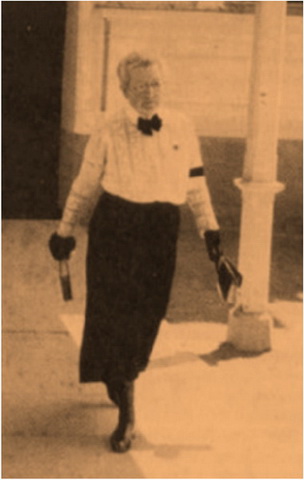
Feb 1, 1903
Open first public hospital for women's treatment and the first female doctor
Dr. Gisela Januszewska worked at the public state hospital from 1899 to 1912.
After the closure of the public state hospital, Dr. Gisela continued to work in private practice.
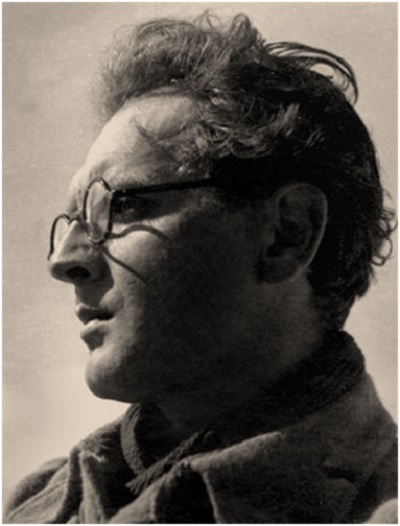
Apr 20, 1906
Writer, journalist and revolutionary Masleša is born
Participant of National Liberation War and recipient of Order of the People's Hero.
Masleša spent his childhood and early youth in Banjaluka, where he finished Gimnazija.
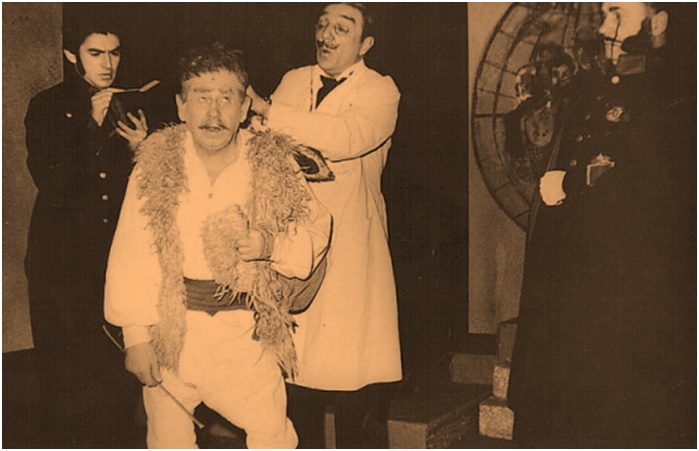
October 2, 1906
Vlado Zeljković was born in Banja Luka
People's charmer and actor unsurpassed for the role of David Štrbac died in his native Banja Luka in 1990
Anthologically, he also played the role of Schweik in the play "The Good Soldier Schweik".
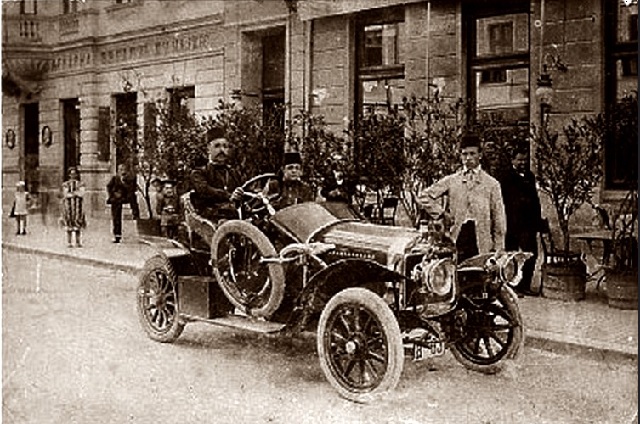
1908
The first private car arrived in Banja Luka
The first car was bought by Smail-beg Džinić
At the beginning of the 20th century, from Banja Luka, and only in summer, it was possible to travel by car only towards Jajce and Gradiška. A special problem was the supply of fuel, because gas stations did not exist.
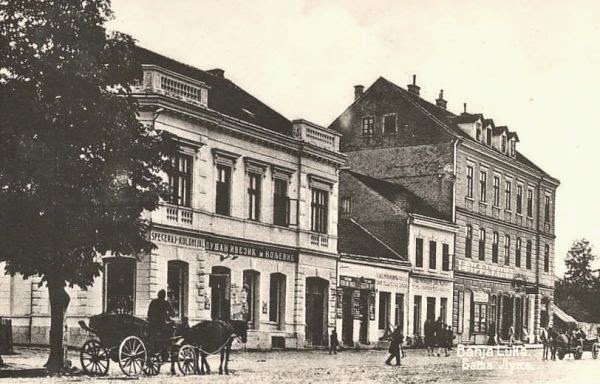
May 20, 1911
The first modern cinema in Banja Luka started operating
The cinema was called "Electro Bioskop", and the owner was jeweler and goldsmith Moritz Gottlieb.

June 1914
The first movie clip about Banja Luka were made
The shots are part of a film about the natural beauties of Bosnia and Herzegovina and were shot by the company "Pathe Freres"
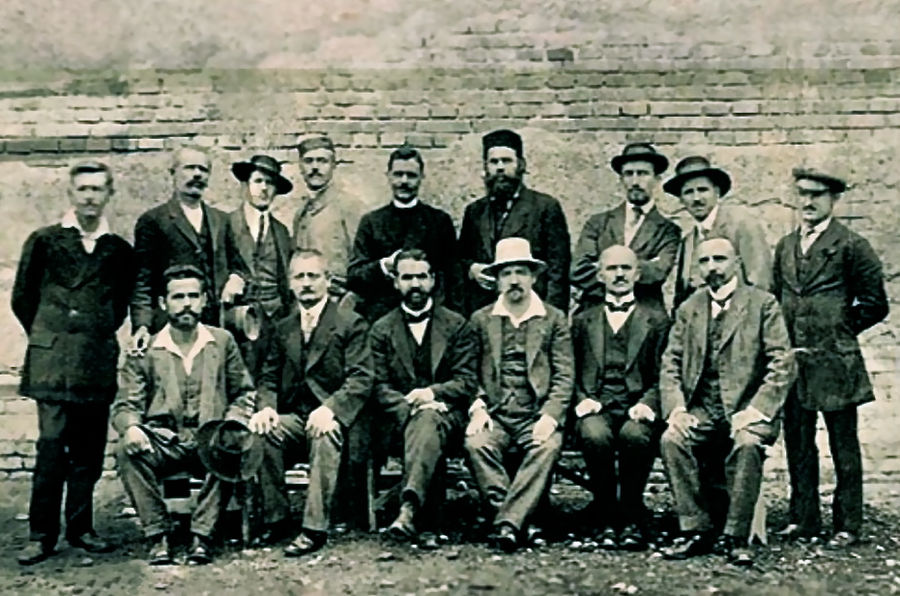
November 1915 - March 1916
Banjaluk'a great traitors' trial
16 Serbian national leaders were sentenced to death, while 83 people were sentenced to total 768 years in prison.
Whole trial, in spite of very serious, sistematic and accurate court and administrative system of Austria-Hungary, was staged.
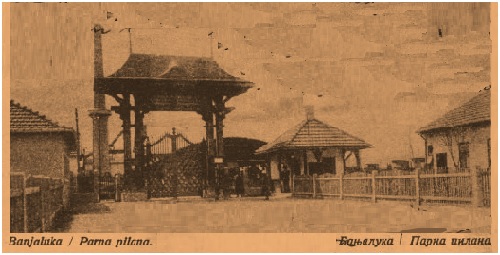
21. avgusta 1918.
Steam sawmill began to operate, late echo of industrial revolution
After World War II sawmill was changed its name to WI (wood industry) "Vrbas".
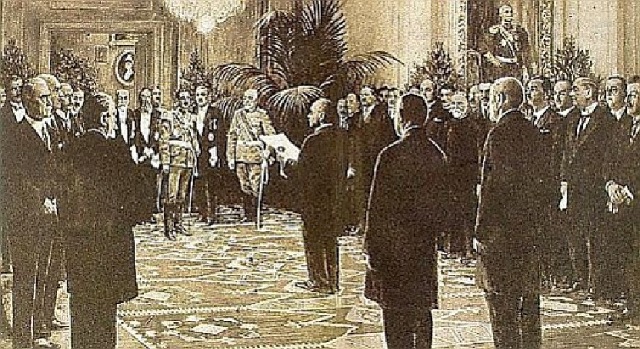
November 27, 1918
Unification with Serbia is proclaimed
Unsatisfied with hesitation of the country, Banjaluka's National Council proclaimed direct unification with Kingdom of Serbia.
Formally and legally speaking, Banja Luka was part of the Kingdom of Serbia from November 27 to December 1, 1918, when the Kingdom of SCS, the first joint state of the South Slavs, was created.
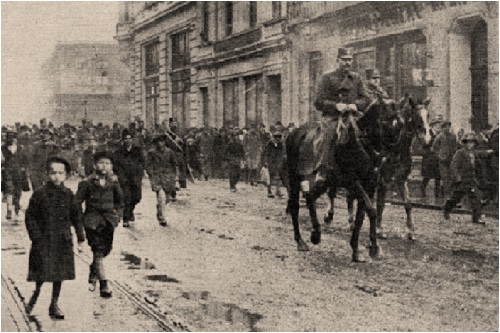
November 21, 1918
Serbian army enters Banjaluka
Soldiers were welcomed with slogans: "Long live king Peter!", "Long live liberators!", "Long live Entente!"
13th battalion of "Hajduk Veljko" regiment entered the city on November 21 1918. Welcome to the Serbian soldiers was quite festive. People thanked and prayed in orthodox church and a mosque to thank the victory of Serbian arms.
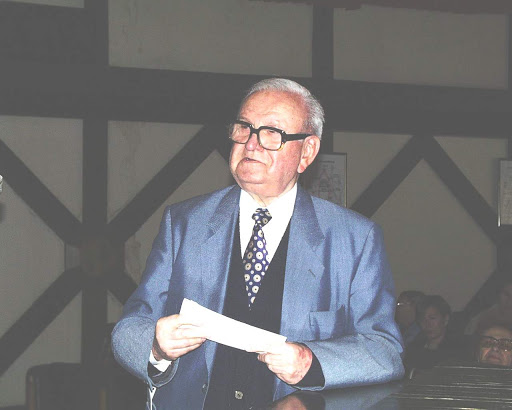
1921
Born Dr. Jovan Surutka
Academician, member of SANU, longtime dean of the Belgrade ETF
He is the author or co-author of about 200 scientific and professional papers, many of which have been published in renowned international journals, proceedings of scientific conferences and in documents of the International Telecommunication Union.

July 4, 1926
Most famous sports association FK Borac is founded
Others are loved when they are winning, Borac is loved always.
Founding assembly was held on July 4 1926.

March 2, 1927
Actor Adem Cejvan was born
Prominent Yugoslav actor, undisputed champion of the Banja Luka acting scene
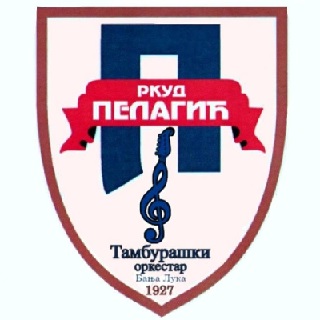
1927
RKUD Pelagić was founded
The oldest cultural and artistic society that works without interruption in Banja Luka
Pelagić has a folklore ensemble, a folk and tamburitza orchestra, a choir, a recitation section, a section of friends of nature as well as a pioneer section and a studio of painters and sculptors.
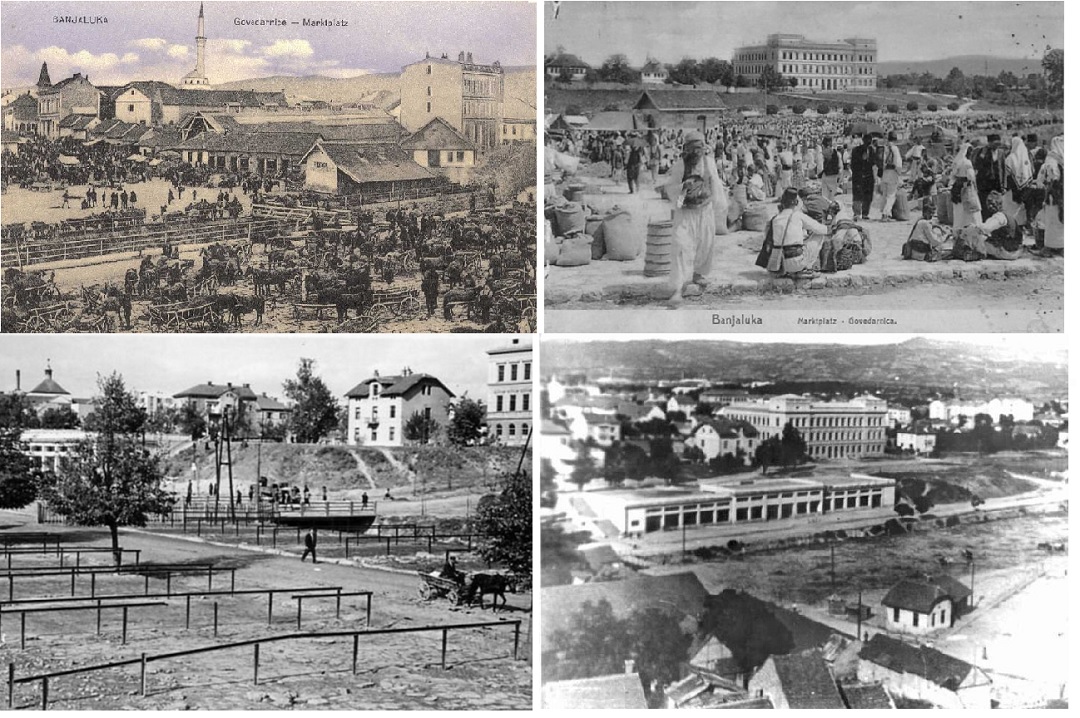
August 26, 1927
Introduction of rules in the business of the Banja Luka open-air market
The city administration has appointed a market administration with the task of taking care of order in the open-air market
Prior to this date, for centuries, open-air trading took place in the same location, but without clearly prescribed rules.
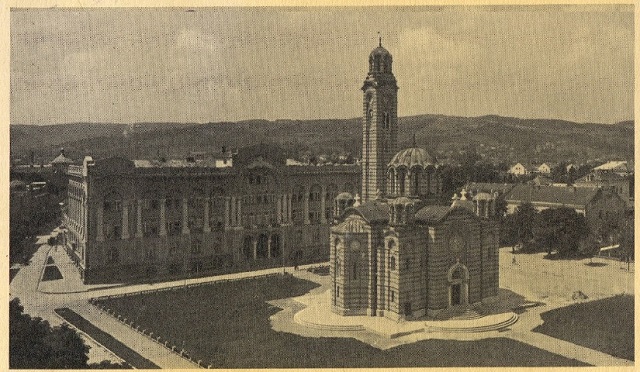
1929.-1939.
The Cathedral Church of the Holy Trinity was built
The church was destroyed in WW II, and in 2004 it was renovated under the new name Christ the Saviour Cathedral Church.
The church was damaged in the German bombing in 1941, and soon after that it was demolished by order of the Ustasha authorities of the Independent State of Croatia. After the end of WW II, a monument to the Fighters against Fascism was built on the site.
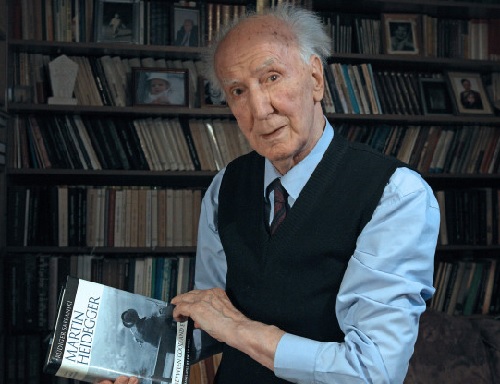
3 August 1929
Muhamed Filipović was born in Banja Luka
Some authors see him as one of the leading late 20th and early 21st century Bosniak academics.
As a high school student, he left Banja Luka to join the partisans. He was active in the communist takeover in 1945.
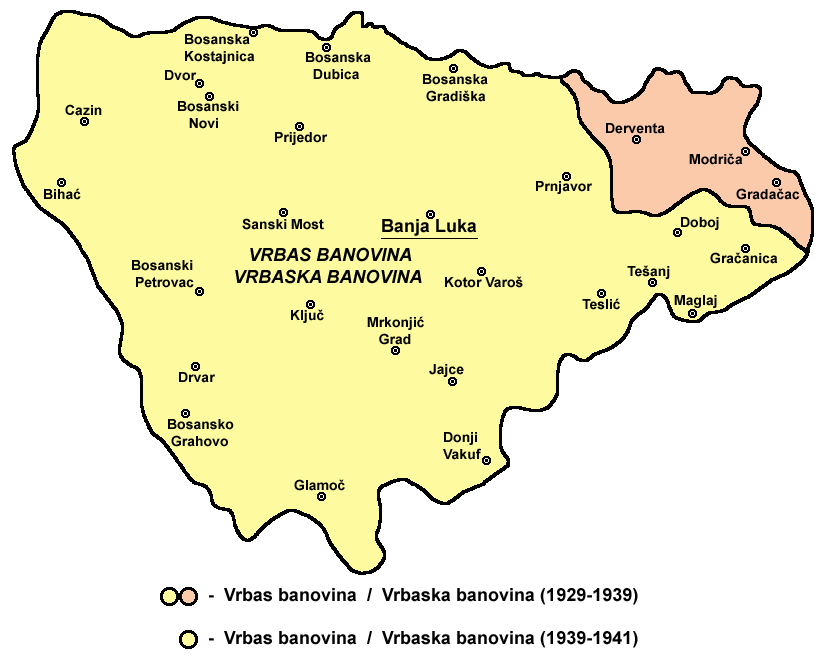
October 3, 1929
Banjaluka becomes a center of Vrbas Banovina.
Between years 1929 and 1941 Banjaluka was the center of a region with over 1.2 million inhabitants.
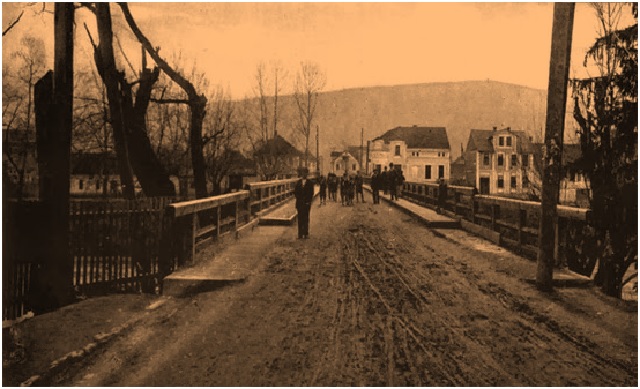
November 20, 1929
Ban Milosavljevic reports to King Alexander on the situation in Banja Luka
... a deadlock that is more reminiscent of a village in the hills than of a city of twenty thousand inhabitants ...
By the decree of King Alexander, Svetislav Tisa Milosavljević, was appointed the first “ban” (governor of the province) of the “Vrbas banovina” (Vrbas province) who performed this duty until 1934.
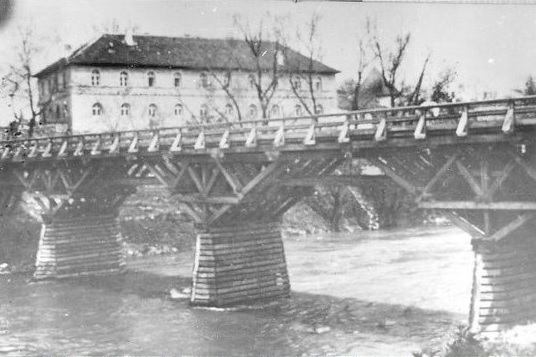
1930
A concrete bridge over the Vrbas was built on the site of the old wooden bridge
Reportedly the first bridge in the world where prestressed concrete was used
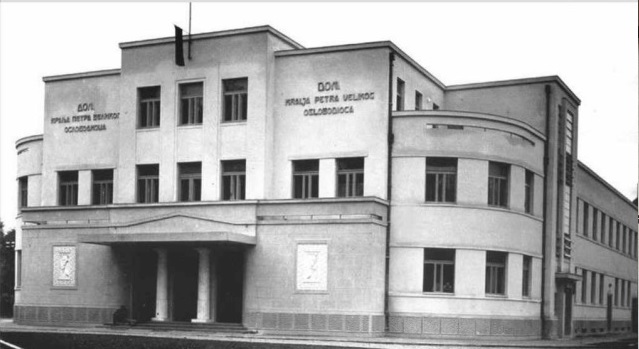
September 26, 1930
The Ethnographic Museum of the Vrbas Banovina has started working
Today, the tradition of this museum is inherited by the Museum of Republic of Srpska, Banja Luka
The museum changed its locations and names: Croatian State Museum (1941-1945) - State Ethnographic Museum of the Bosnian Krajina (1945-1953) - Museum of the Bosnian Krajina (1953-1992) - Museum of the Republic of Srpska Banja Luka (since 1992)
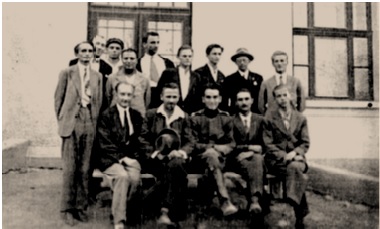
8-25. August 1931
Banja Luka chess players won the first team title in the Kingdom of Yugoslavia
Success at the tournament in Banja Luka
Banja Luka was represented by Nikica Pavlić, eng. Pavel Vitoldovich Didzinski and Eng. Martin Rajner and as a guest Petar Trifunović, from Šibenik.
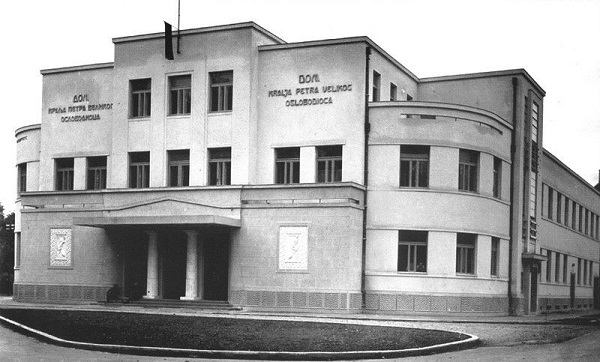
September 2, 1930
"National Theatre of Vrbas Banovina" opens
It was the first professional theatre in the region.
Ceremonial premiere was held on October 18 1930, and repertoire included Nušić's "Hadži Loja" and Švabić's "Povratak". Theatre was temporarily located in renovated Sokolski Dom hall.
1931
Census states that 22165 people live in Banja Luka
County of Banja Luka had 98002 inhabitants, while Vrbas banovina had 1037382 people living there.
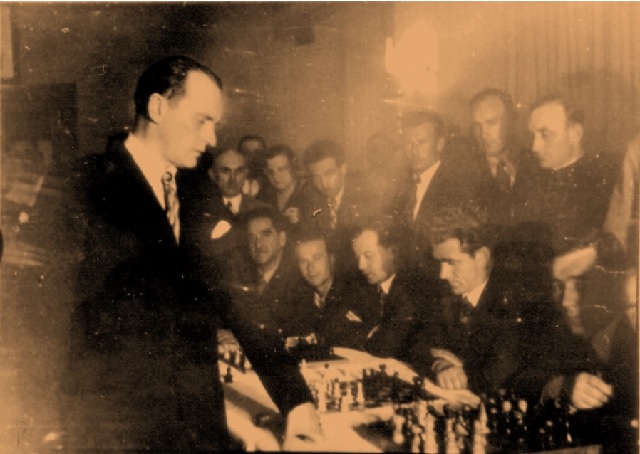
January 10, 1931
World champion Alexander Alekhine played a simultaneous game in Banja Luka
35 players from Banja Luka, Kotor Varos, Novi and Gradiska played against Alekhine
Alekhine lost 3 games with four draws
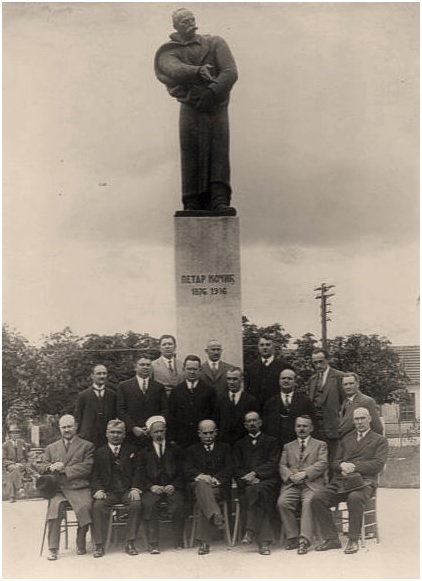
November 6, 1932
A monument to Petar Kočić is revealed
Monument is work of sculptor Antun Augustinčić.
One of the most important sculptors of 20th century was Antun Augustinčić, whose monument Peace (Rider) is located in front of UN headquarters, and he is also the author of a monument to "Petrašin".
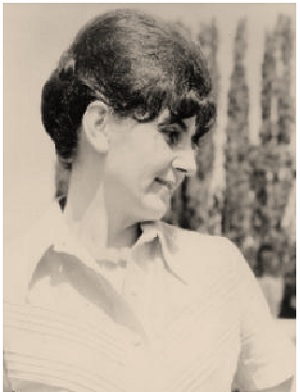
December 6, 1932
Nasiha Kapidžić-Hadžić was born in Banja Luka
Her poetry works have been included in a number of anthologies and textbooks for eight-year schools. She was also part of the co
In the birth house of Nasiha Kapidžić-Hadžić, a manifestation of the Banja Luka diaspora "Embroidered Bridge" is traditionally held in July.
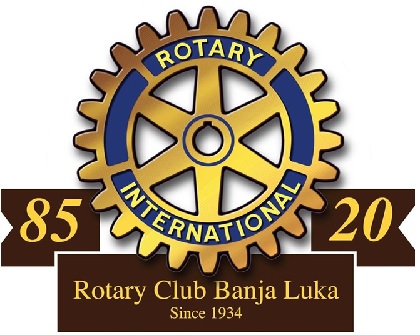
January 28, 1934
Rotary Club Banjaluka is founded
Club's founder and first president was Artur Burda, a businessman and honorary Polish consul.
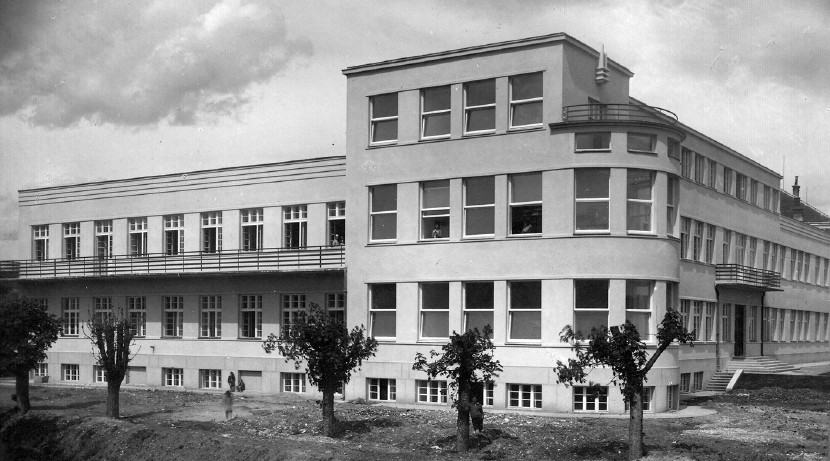
1934
Hospital with surgery, gynecology, roentgen, oftamology
Banja Luka finally got a hospital according to the standards of modern medicine
From August 1934 until 1938 a medical center of Banovina was built, along with 5-building hospital complex.
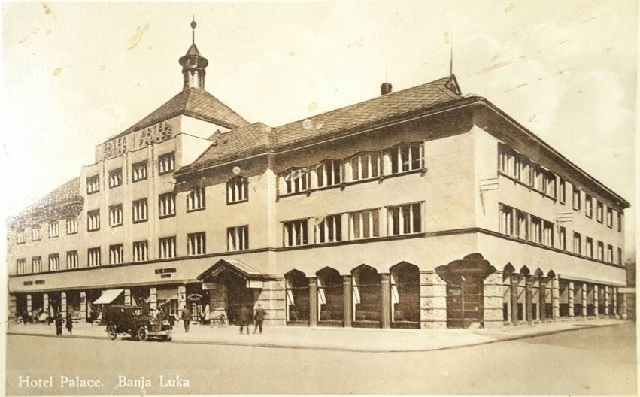
1934
Hotel Palas built
The first modern hotel in Banja Luka with elevator, telephone and hot water.
Hotel Palas is protected as a category I architectural heritage monument.
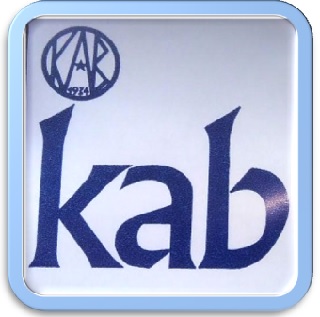
1934
Founded "Club of Academicians Banja Luka" -KAB
Originally CAB was a place where progressive and revolutionary youth gathered.
An institution that has unfortunately been reduced in recent years to a youth cooperative that finds jobs for high school and university students for a certain period of time.
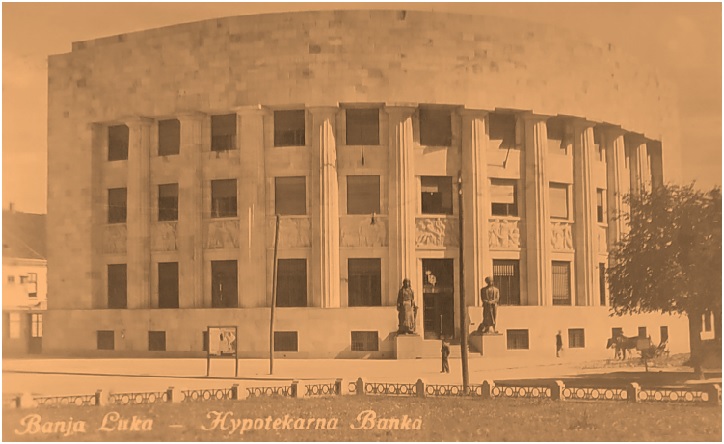
1936
Mortgage bank built
Today, the seat of the President of the Republic of Srpska is located in the building of the former Mortgage Bank
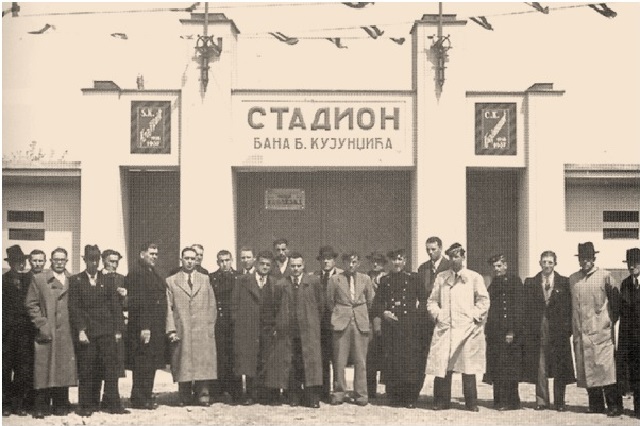
September 5, 1937
City's football stadium of ban Bogoljub Kujundžić is opened
The stadium was initially home to FK Krajišnik, but now it hosts FK Borac home games.
First game was played between Hajduk (Banjaluka) and Meteor (Krupa), and the main match that was played after was between local team Krajišnik and famous BSK from Belgrade.
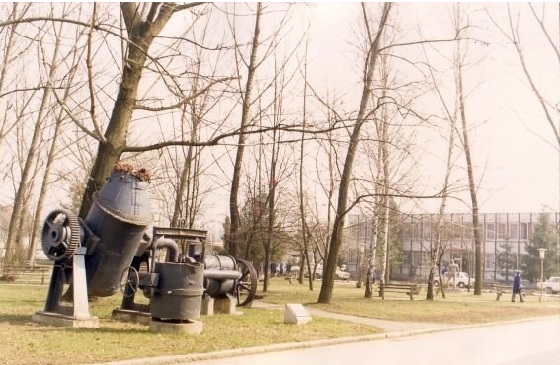
1938
First yugoslav convertor for melting steel
Set in the steel foundry, it originates from war reparations and it was in operation until 1964.
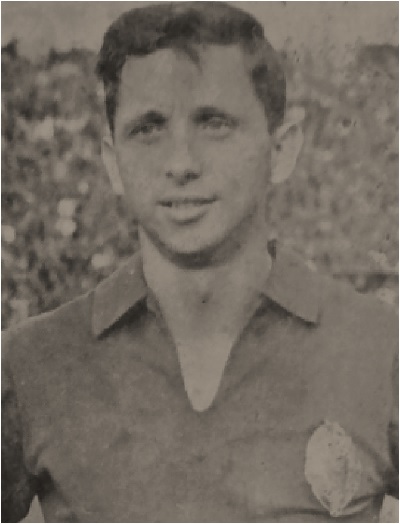
June 9, 1938
Born Tomo Knez
The first Banja Luka winner of an Olympic gold medal as a member of the Yugoslav national football team in Rome in 1960)
"Tomo Knez small embroidery", was the saying with which the fans described Knez's game.
October 17, 1940
Most montrous crime in pre-war Banjaluka
Triple homicide that was never explained.
City was shocked. Try bodies with cut throats and massacred bodies were lying in a beautiful building owned by rich Jewish merchant Poljokan.
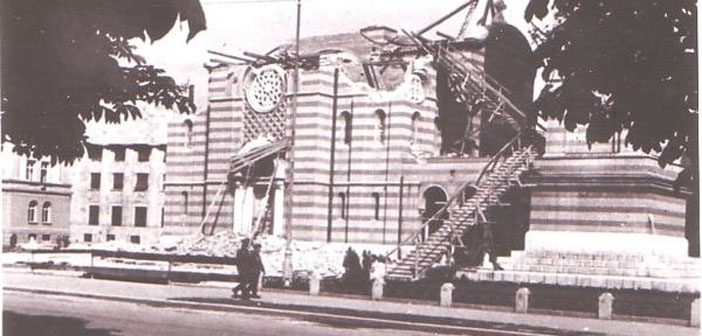
April 9, 1941
German bombing of the city
Banjaluka found itself under airstrikes conducted by Luftwaffe.
With headquarters of Vrbas Division and 8th Bombing Regiment, which were stationed in Banjaluka, the city became a strategic goal and target of 3 Luftwaffe attacks in which it heavily damaged. City center was bombed along with the bombing of the airport.
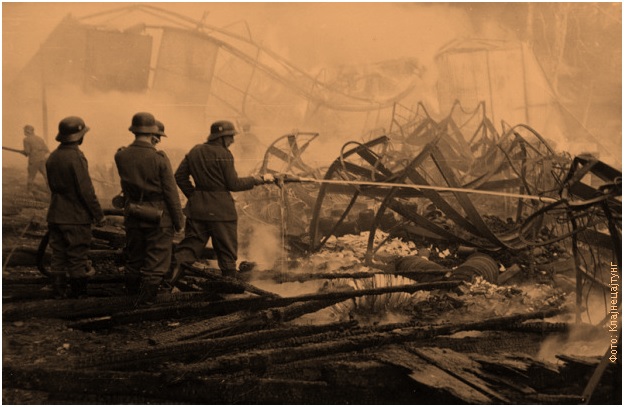
April 6, 1941
An accomplishment from pilots of Banjaluka's airport
Bombers from base Rovine and Aleksandrovac bombed Graz, which was located in the Third Reich at time time.
Nearly unknown, insolent and heroic action of bombing military targets in Austria and Hungary. 8th Bombing Regiment was stationed on the military airport Rovine (Nova Topola, Banjaluka) and it covered the airzone in the western part of Kingdom of Yugoslav
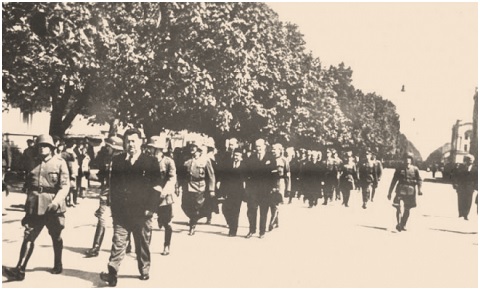
April 14, 1941
German occupational units enter Banjaluka
183rd German Division was greeted only by a few of declared Ustashas.
April 21, 1941
Ustashas take over control of Banjaluka from Germans
Radio Zagreb declared an appointment of Viktor Gutić as a commander of "Croatian Krajina".
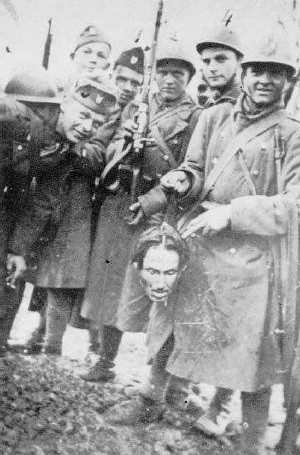
1941-1945
Time of terror
Occupation and Independent State of Croatia brought times of terror to Banjaluka.
Number of victims in Banjaluka municipality that were killed by occupators and their associates, according to Museum of Genocide Victims in Belgrade, is 4500, of which 870 were Partisans. Allegedly, even Germans were horrified by Ustasha atrocities.
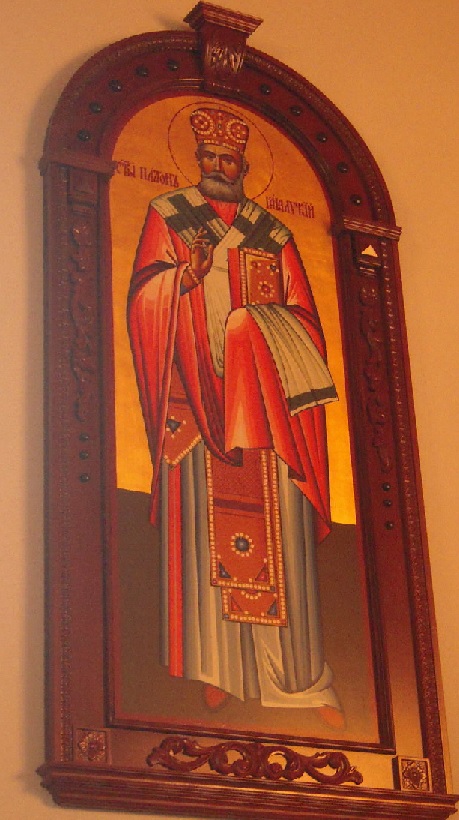
May 5, 1941
Platon, bishop of Banjaluka, was murdered
In year 1998 Bishops' Council of the Serbian Orthodox Church has proclaimed him a hieromartyr.
Bishop Platon was born in Belgrade on September 29 1874 as Milivoje Jovanović. He educated in Vranje and Niš, and continued his later education in Belgrade's theology school. He monasticised as a third year student of theology school.
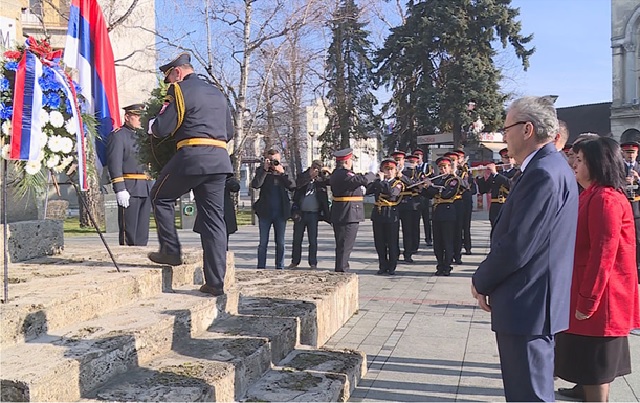
1941-1945
Times of bravery and resistance to fascism
Banjaluka is proud of its 20 people's heros from World War 2.
The most horrible crimes caused most of the locals to resist. Thousands of Banjaluka residents participated in antifascist National Liberation War, and 870 of residents were killed.
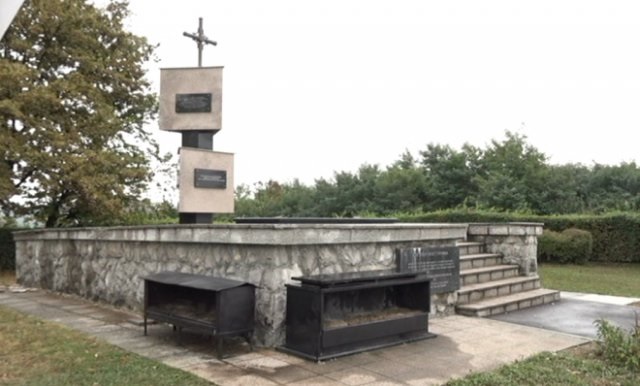
February 7, 1942
Massacre in villages Drakulić, Motike and Šargovac
2400 Serbs were killed in their homes, which makes this the largest slaughter executed in a single day.
Slaughter and pogrom of population occured in villages Drakulić, Motike and Šargovac. 2400 people, most of which were women and children, were monstruously killed by melee weapons, because most of the men capable of fighting were taken prisoners.
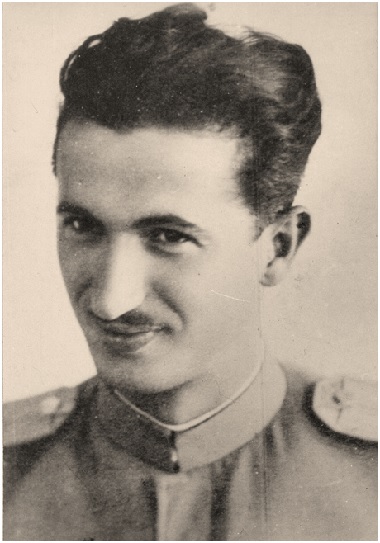
July 4,1942
Partisan pilot Rudi Čajavec and machine gunner Miso Jazbec bombed Banja Luka
It was the first and only action of two aviators in which both were killed.
The Partisan Air Force is the only air force at the disposal of a Resistance Movement in enslaved Europe.
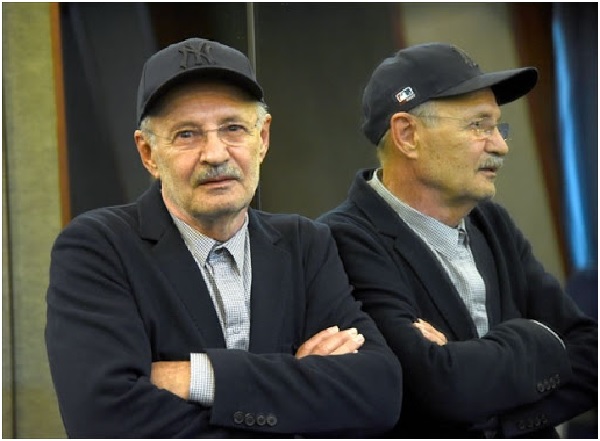
May 2, 1943
Born Mustafa Nadarevic
A cult actor from numerous films and series, he gained fame in Sarajevo and Zagreb
Most famous for the character of Izet Fazlinović, from the hit series "Crazy, Confused, Normal"
December 31, 1943 to January 2, 1944.
First operation in Banjaluka
A tactical attack on Banjaluka was carried out and city was partly liberated.
With around 12 thousand men, Krajina brigades, aided by parts of First Proletarian Corps, conducted simultaneous attacks on Banjaluka and enemy crews on roads to Gradiška and Prijedor.

May 29 and 31, 1944
Allied bombings of tactical and strategic goals
Germans were distributed in civilian buildings, which led to city being significantly damaged.
Banjaluka was located in German occupational zone and it was substation of AST (Aussenstelle), a command of German division fot ISC. Volksdeutsche were also living in Lijevče and Topola areas so that's where Germans were also present in the region.
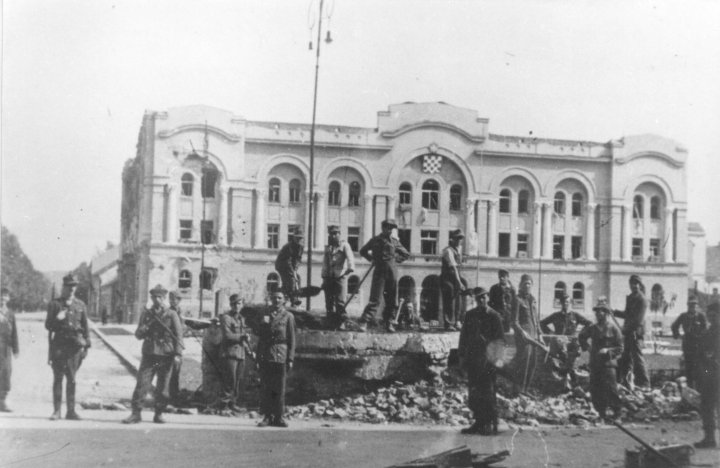
August 18, 1944 to September 27, 1944.
Second operation in Banjaluka, a month of freedom and hope
Von Dewitz-Krebs was taken prisoner in Banjaluka, thus becoming the first German general to be captured in Yugoslavia.
Banjaluka was nearly completely liberated, but Partisans were forced to retreat after a strong counteroffensive. During their attack on the city Partisans had RAF air support.

April 22, 1945
Final downfall of fascist Ustasha regime and liberation
Units of Tenth Krajina's Impact Brigade liberated Banjaluka without having to fight.
After the liberation of Sarajevo Germans had realized that they do not stand a chance of defending Banjaluka so they decided to retreat to Lijevče and Gradiška.
1948.
Census registered 31223 residents
This was first census after the World War II.
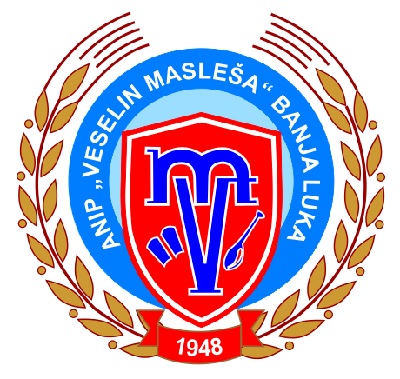
1948
Founded by CKUD, today the Ensemble of Folk Dances and Songs "Veselin Masleša"
From its establishment until today, the Ensemble has been operating without interruption.
The aim of the society is to nurture, preserve from oblivion and publicly present authentic forms of traditional folk culture and art (music, games, songs, folk costumes and customs).
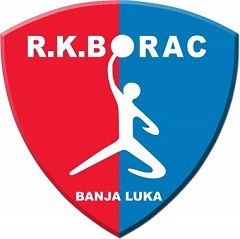
March 7, 1950
Handball Club Borac Banjaluka is founded
HC Borac is the most successful sports club in Bosnia and Herzegovina.
It is a club that was never relegated from 1st Yugoslav league through all the time of its existence (1957-1991). Borac's handball players won 6 gold medals in the Olympics while playing for Yugoslavia's national team.
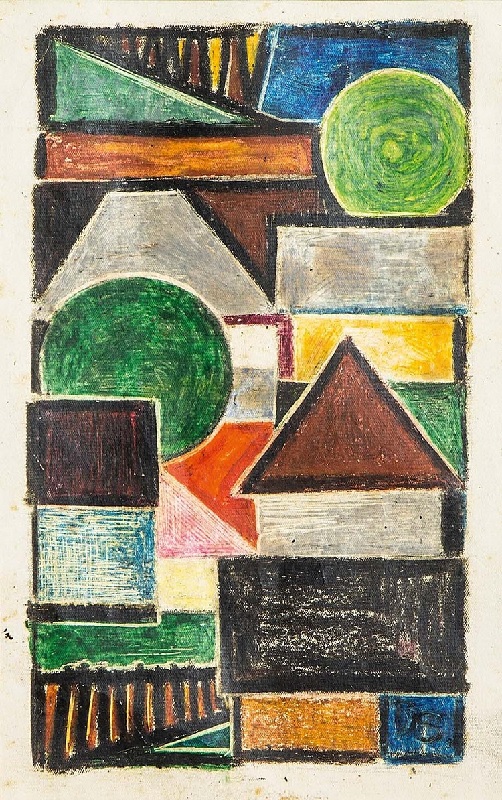
1950-1970
The fifties and sixties in the painting life of Banja Luka were marked by the Gr
Four painters, four friends, because of which some critics called Banja Luka Little Florence at that time.
Dušan Simić, Alojz Ćurić, Enver Štaljo and Bekir Misirlić are the founders of modern art in BiH, which stems from the love of creativity and creative freedom, without ideological premises.

October 17, 1950
Act of the People's defense ministry of FNRY founded "Rudi Čajavec" company
During nineties Čajavec employed over 10000 employees and was one of the largest and most successful company.
According to Basic regulation about state-run industrial companies, "Čajavec" had status of a company of public interest. Company was founded for the sake of producing aviation intruments and electromechanical equipment.
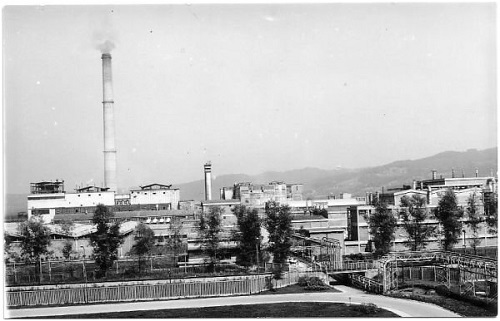
1954
Cellulose factory started operating
In the "golden age" under the name INCEL employed 5,000 workers.
"Incel's" chimney used to be a symbol of the Banja Luka economy, and today it is just a sad memory of a stumbled economy.

December 30, 1955
Children's Theatre founded, with first play in May 1956
Until this day (2020) over three million children saw at least one of the plays in Children's Theatre.
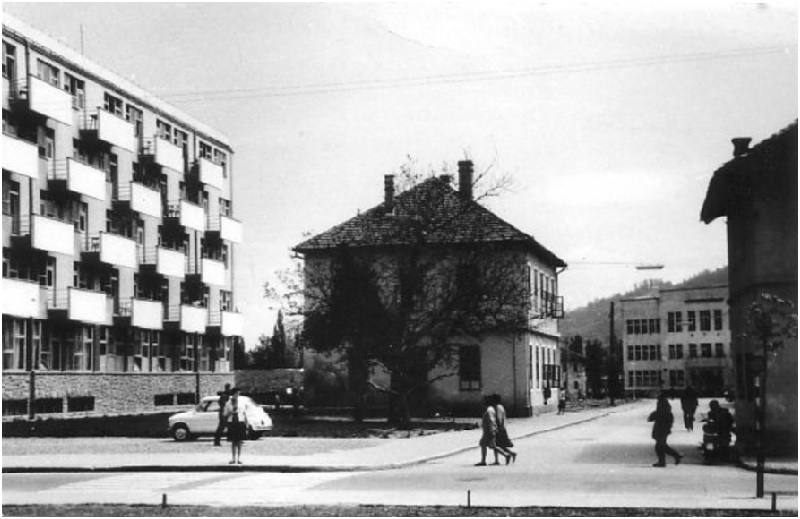
1961
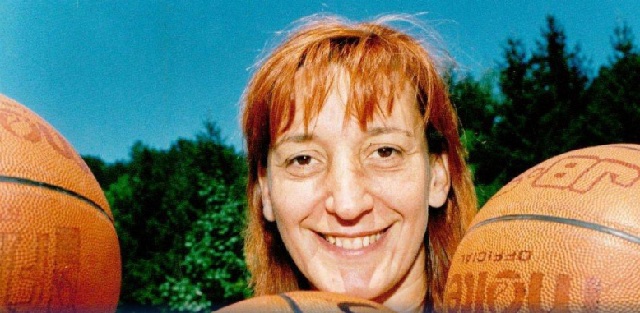
February 12, 1960
Slađana Golić is born
She was Banjaluka resident with the most appearances (465) for Yugoslav women basketball national team.
Synonym of Banjaluka's basketball is most certainly Slađana Golić, the best player to have originated from Banjaluka and to have her name written in sports history with golden letters.
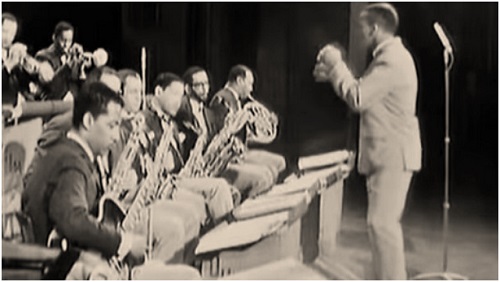
May 24, 1960
Quincy Jones and Lionel Hampton
Inspired by Banjaluka, Quincy Jones played a song about it in Newport the following year.
Quincy Jones and his band toured Europe in 1960. During the tour the Europe they performed concerts in Ljubljana, Zagreb, Banjaluka and Belgrade.
Concert in Banjaluka took place in then House of Culture (Dom kulture).
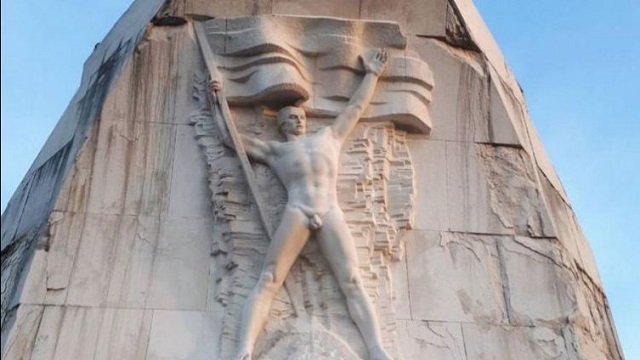
July 27, 1961
Monument to fallen soldiers of Krajina is built
The work of a famous sculptor Antun Augustinčić is one of city's symbols.
Monument takes up a dominant place in narrower memorial zone of Park-Forest Starčevica, with which it makes a unique natural-monumental complex of significant historical and ambiental value.
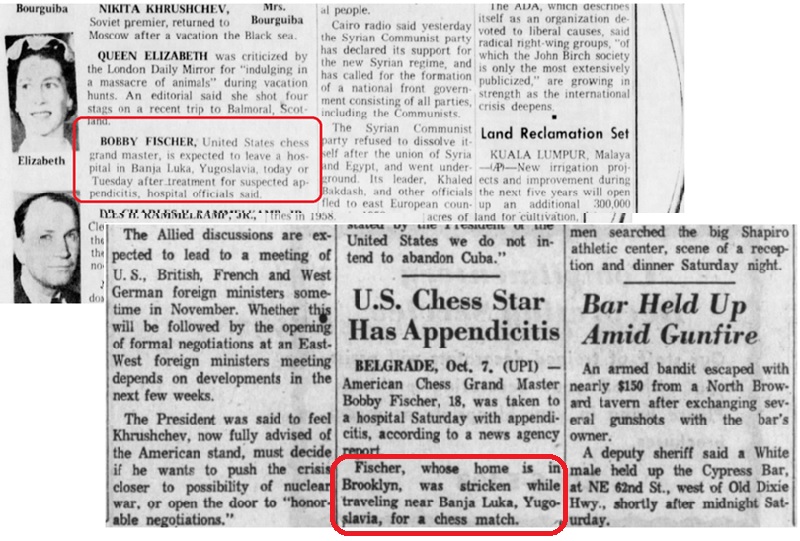
October 7, 1961
Due to health problems, instead of at the chess competition, Fischer spent a few days at the Banja Luka surgery

September 16, 1966
Born Nikola, Kolja Pejakovic
Famous actor, director and musician
He divides his career and life between Banja Luka and Belgrade
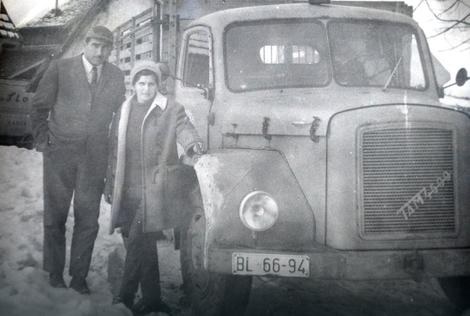
1967
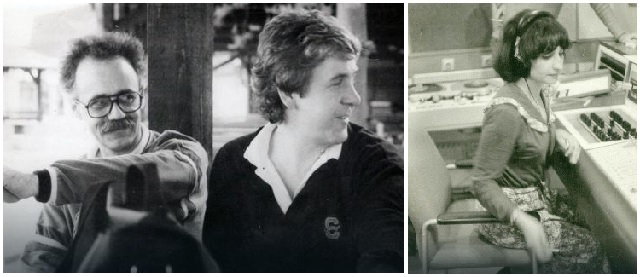
February 2, 1967
"Good afternoon, Radio Banjaluka speaking"
Radio Banjaluka started to operate. It was a precursor to present-day RTRS.
Banjaluka was 13th city in Yugoslavia that had its radio-station. Emitting of radio-programme started over a 2kW transmitter that was built on the Šibovi hill.
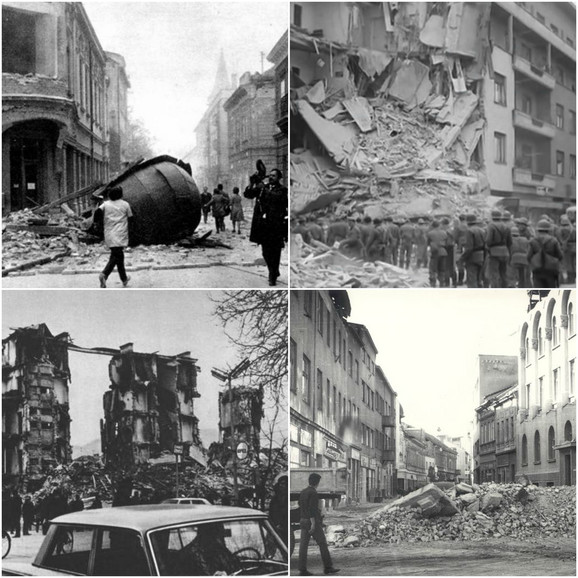
October 27, 1969
Catastrophic earthquake
15 people died in the earthquake, and 1117 more were lightly or hardly injured.
Material damage was huge. Prior to devastating earthquake a weaker one struck the city which helped in avoiding higher death toll.
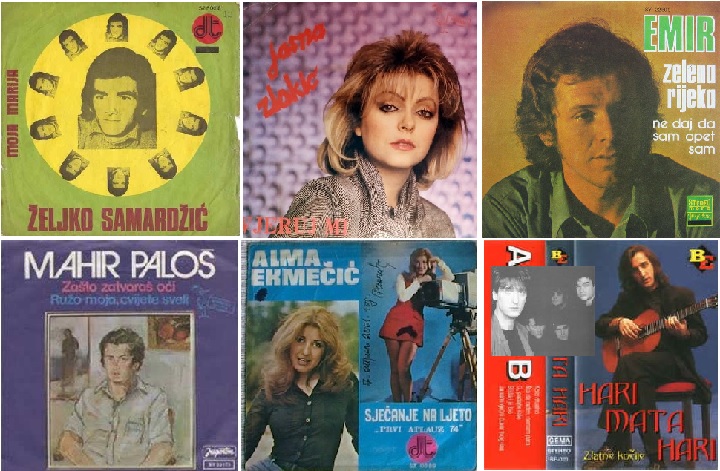
1970
"First Applause" festival held for the first time
Many famous names of the Yugoslav stage got their first opportunity for public performance at this festival.
Officially: "The goal of the festival is to nurture entertainment and music, to give birth to new singing names, new compositions ...
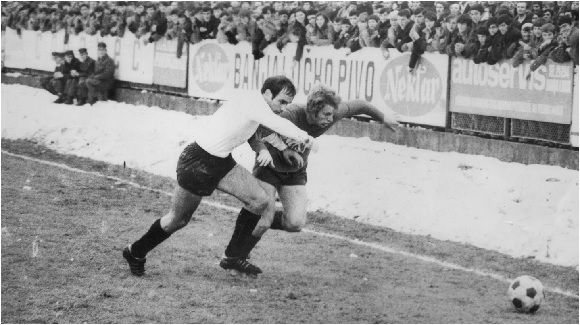
1970-1980, 1984-1987
"Master from Vrbas" is how the journalist I. Tomić announced the play of Abid Ko
Abid, the popular "Bida" marked a whole decade as the best player, and later captain F.C. Borac.
Maybe some of Borac's players were better than him (Knez, Sombolac), but they made their careers in other clubs. Abid played for Borac for a full twelve seasons, so most of the older fans consider him the best player in the history of Borac.
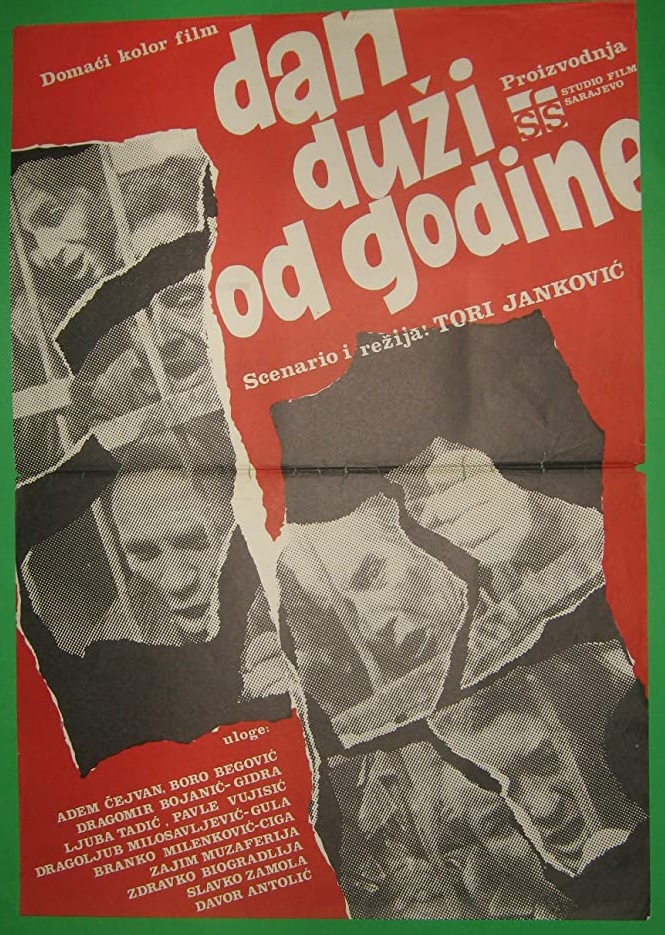
1971
The film "A Day Longer Than a Year" was shot in Banja Luka
The film was made based on a true event from the Banja Luka prison "Black House" during the 1969 earthquake.
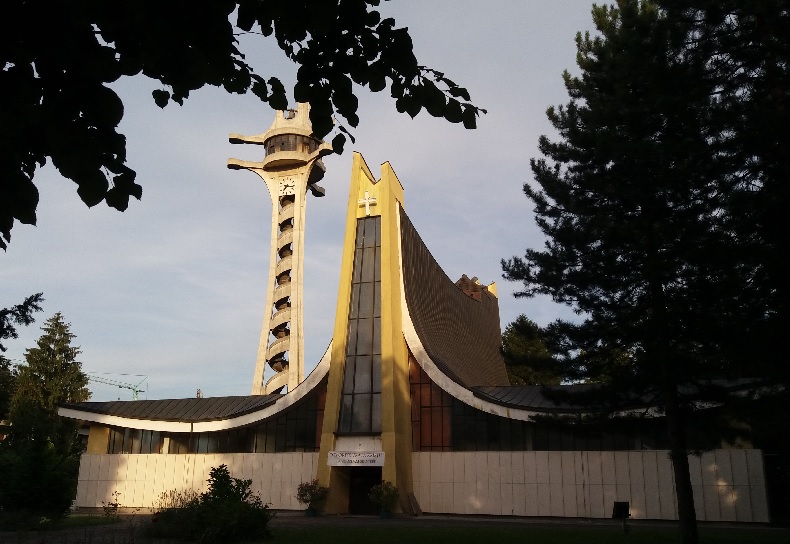
1972-73
Severely damaged in the earthquake, the rebuilt Cathedral of St. Bonaventure
Restored as the central cathedral of the Banja Luka diocese
The first Gothic cathedral was built in 1885-1887, but it was so badly damaged in the catastrophic earthquake of 1969 that it had to be completely demolished.
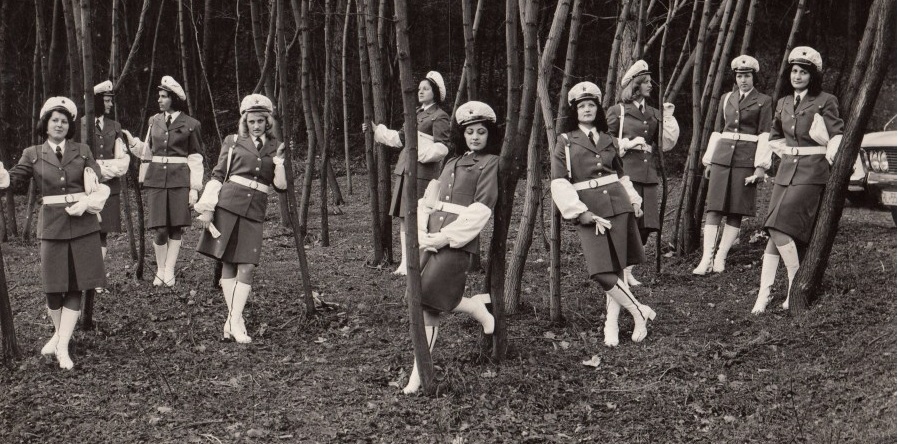
November 15, 1974
First course for female traffic police officers in SFRY
Traffic regulation was under ladies' control since March 1 1975.
City residents and guests were surprised to see ladies in blue on the streets. First generation of female officers made a "revolution" in former country. They also performed in May 1st Parade in Belgrade.
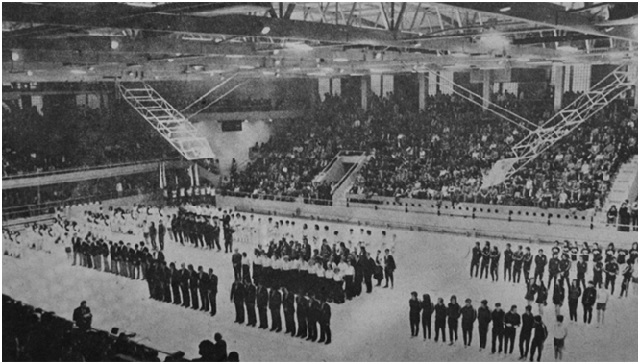
April 20, 1974
Borik sports hall completed
Banja Luka athletes finally got a sports facility worthy of their success.
In time, the Borik hall became a kind of temple of sports in Banja Luka
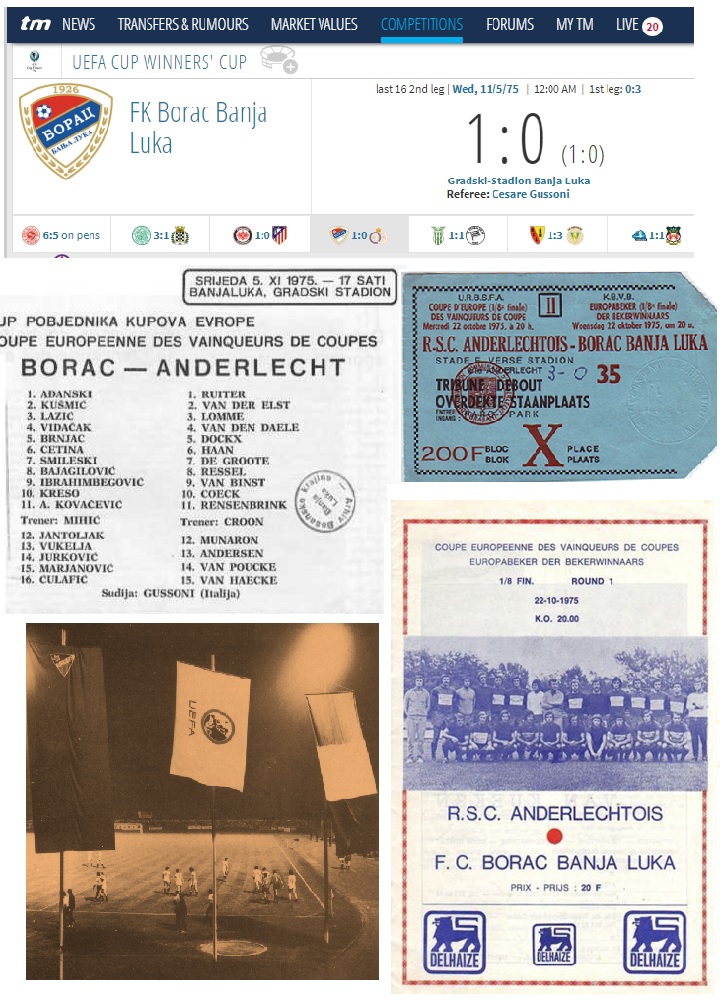
November 5, 1975
FC Borac beat Andrlecht in the official match of the European Cup
The biggest international success of FK Borac 1: 0 victory over the winner of the European UEFA Cup Winners' Cup for that year
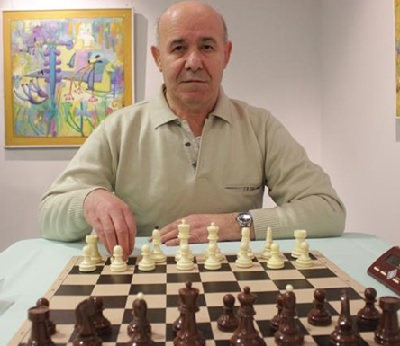
1975
Playing for "Nikica Pavlić", Milan Vukić became the first grandmaster from BiH
Vukic was the champion of three countries: SFRY three times (1970, 1971 and 1974) in FR Yugoslavia in 1995 and Bosnia and Herzeg
He is currently a chess coach in Banja Luka.
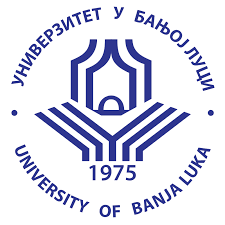
November 7, 1975
University of Banjaluka is founded
Number of member faculties increased from initial 5 faculties in 1975 all the way to 17 faculties today (2020) with 55 study programs. It's a member of EUA (European University Association).
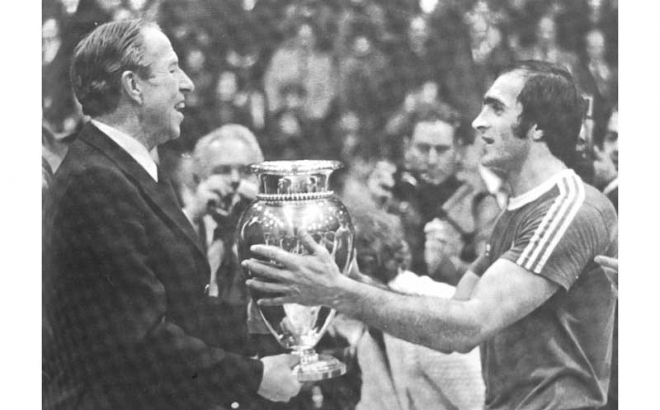
April 11, 1976
RK Borac is the champion of Europe
Success was achieved after beating Danish club Fredericia in crowded Borik hall.
Joy was brought to fans by: Milorad Karalić, Zdravko Rađenović, Nedeljko Vujinović, Abas Arslanagić, Dobrivoje Selec, Momir Golić, Borislav Golić, Nebojša Popović, Miro Bjelić, Rade Unčanin, Slobodan Vukša i Zoran Ravlić and coach Pero Janjić.
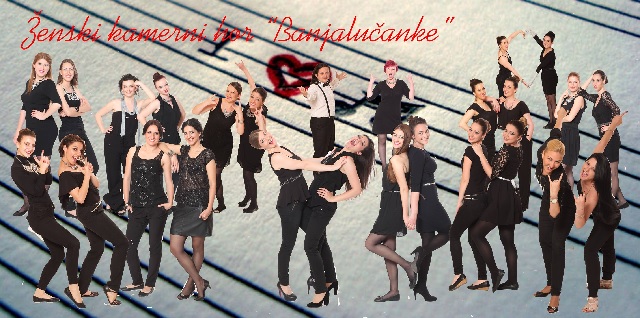
1976
Ante Šašić founds the women's choir Girls from Banja Luka "Banjalučanke"
More than 100 girls passed through the Choir. And each generation captivated with its beauty and song.
The choir operated until 1990. After a four-year break, it continues to work under the leadership of professors Branislav Đaković and Aleksandra Ostojić. Today, "Banja Luka women" sing under the artistic direction of composer and conductor Mladen Matović.
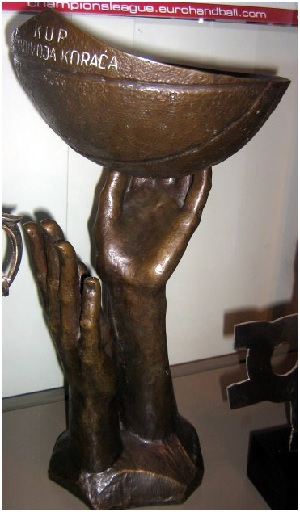
March 21, 1978
The European final of the Radivoje Korac Cup was played in the Borik hall
The golden age of Yugoslav basketball also left its mark in Borik: Praja 48, Kića 33, Mirza 32, Varaja 22…
In a dramatic match, after 40 minutes of play, there was a draw (101: 101), so that the "Black and Whites" would celebrate the victory over the "Sarajevo Students" after overtime - 117: 110.
September 27, 1978
The first Bosnian opera was performed at the Police House in Sarajevo
The opera was composed by Vlado Milosevic and the libretto was written by Ranko Risojevic.
The opera failed and the work of two citizens of Banja Luka almost went into oblivion.
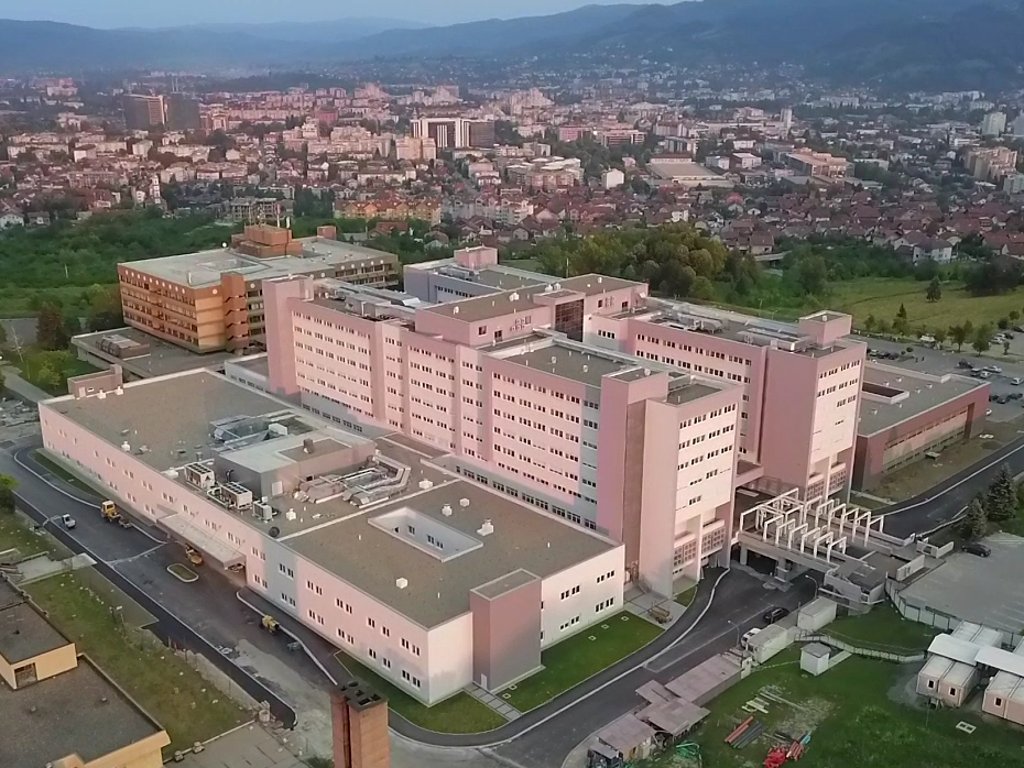
1979
First part of the Paprikovac hospital is built
This hospital slowly grew into University Clinical Center.
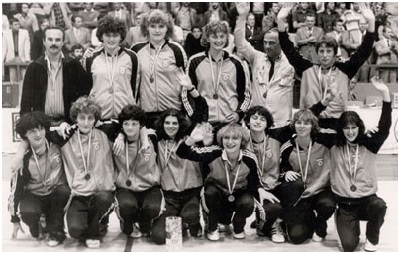
19 to 28 Sep. 1980
European Women's Basketball Championship held
Except in Banja Luka, matches were played in Prijedor, Maglaj and Bosanski Brod.
Zlatnu medalju superiorno osvojio Sovjetski Savez, pobjedom nad Poljskom 95:49.
Reprezentacija Jugoslavije osvojila treće mjesto pobjedm nad Čehoslovačkom 61:57.

11 August 1984.
Anton-Ante Josipović became the first individual Olympic champion from Banja Luk
At the Olympics in Los Angeles, Josipović won a gold medal in the light heavyweight boxing category.
The only athlete from BiH who won an individual Olympic gold.
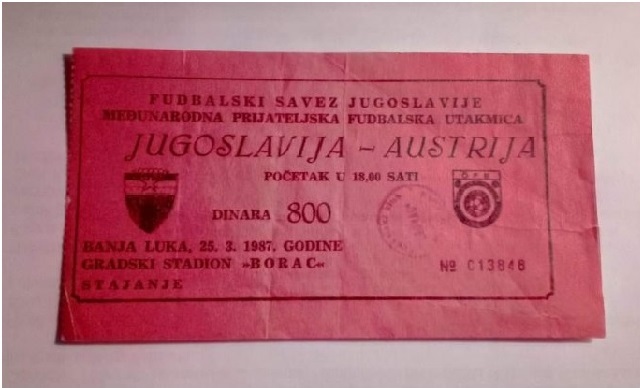
March 25, 1987
Banja Luka hosted the football players of Yugoslavia and Austria.
A record attendance of 25,000 spectators was recorded
All tickets were sold, and 22,000 were printed. More tickets were required for the stands of the City Stadium. Yugoslavia beat Yugoslavia 4-0.
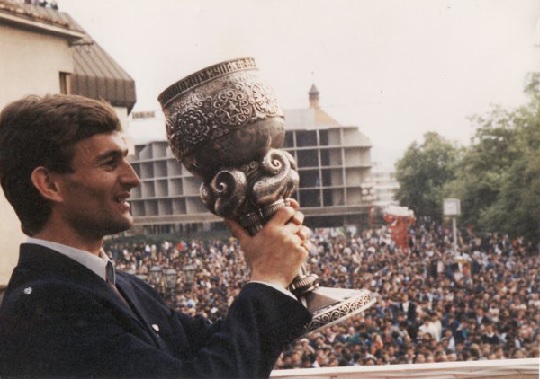
May 11, 1988
FK Borac wins footbal cup of SFRY
FK Borac had beat Red Star on JNA stadium with score 1:0, making it the first team from a second tier league to win SFRY cup.
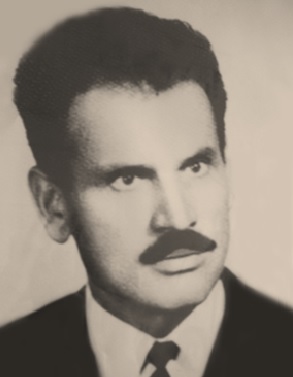
August 26, 1990
Stanko Rakita died in Banja Luka
Due to his poems in old school textbooks, he is one of the most abundant and most widely read poets in the SFRY.
He especially gained popularity with his songs about Tito. Older generations certainly remember the Proud Rivers, which saw Tito.
1991
Census states that 195692 people live in the city
Serbs: 106.826 (54, 58%), Croats 29.026, Muslims 28 558, Yugoslavs 23. 656.
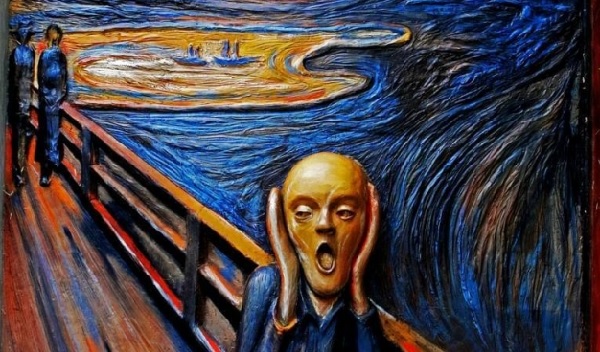
1992-1995
War with no name and no sense
One of the verdicts in Hague says that it was a "tragical event in the region in the period of 1992-1995".
Fleeing from the war 80% of non-Serbian residents left the city. After was had ended only an insignificant portion of them had returned.
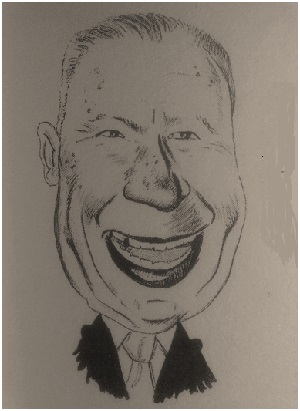
March 22, 1993
Professor Ivo Nakić, an urban legend of the city, died
Professor Nakić is considered to be the most favorite professor of the Banja Luka Gymnasium
With his manners, he remained in the memory of many generations of students, but not only students.
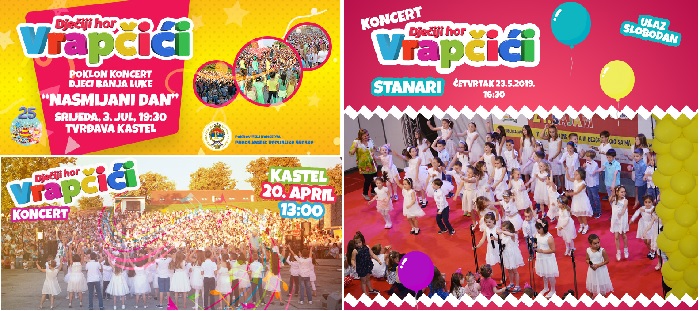
1993
The Children's Choir Vrapčići(Sparrow)was founded as the Choir of the Krajina Ch
In a short period of time, this Choir became a favorite of the entire city, and over time, a recognizable symbol.
Today, the Vrapčićs are more sung than ever and sing under the guidance of Professor Bane Đaković. Thanks to this Choir, Banja Luka is organizing a children's song festival, the popular St. George's Day Festival.

September 1996
The first International Book Fair was held
The first book fair was held in Banski Dvor, later it changed locations, and it is traditionally held in the Borik Hall.
The organizers, sponsors and patrons also changed.
It is traditionally organized by Glas Srpske under the auspices of the Government of Republika Srpska, on the second week in September.
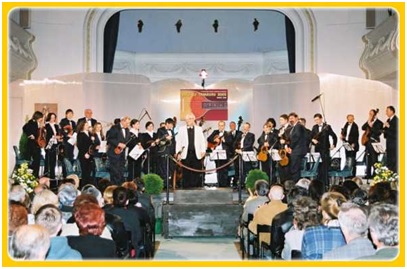
2001
Banja Luka Tamburitza Orchestra founded
The main bearer and promoter of tamburitza music in Banja Luka.
As part of its work, the orchestra is the host and organizer of the international festival of tamburitza orchestras Evening with the tambourine. The conductor and professional director of the orchestra is Zdravko Cosic.
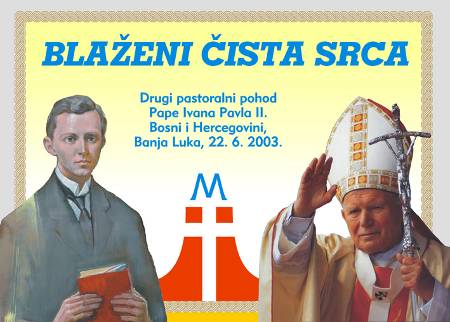
May 22, 2003
Pope John Paul II visits Banjaluka
During his visit to Banjaluka pope beatified a lay academic Ivan Merz, who was born in Banjaluka.
Around 40000 pilgrims attended the mass, as well as 360 priests and 40 cardinals, bishops and archbishops from all over Europe - Italy, Hungary, Romania, Austria, Croatia, Slovenia, Czech Republic, Serbia and Montenegro.

May 18, 2004
Sredoje Zekanović died
Sports worker and enthusiast most deserving of numerous titles and victories of Banja Luka boxers
Sredoje Zekanović could also boast that he created one European and one Olympic champion: Marijan Beneš and Anton Josipović.
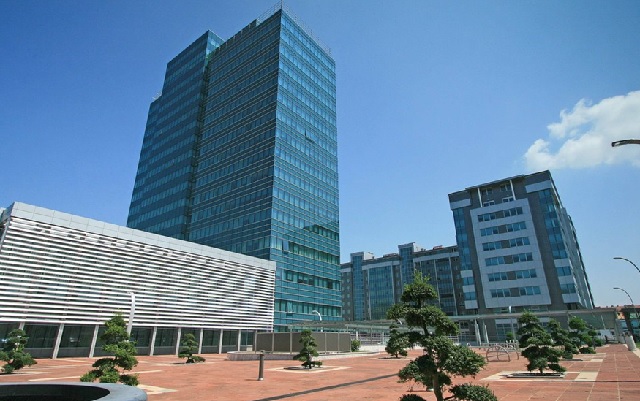
November 2007
The government has moved into the new Administrative Center of the Government of
The administrative center serves to house the institutions of the Republika Srpska, primarily the Government.
It consists of the Government Building (the tallest building in Banja Luka, 17 floors), the ABC lamella complex and the square

July 2008
The first Demo fest was held
The largest festival of demo bands in Southeast Europe
The festival is held every year during the month of July in Banja Luka

17 May 2009
World Rafting Championship "Banja Luka 2009" opened
Apart from Vrbas, the championship was partly held on Tara in Foča
During seven days, the best rafters in the world from five continents competed in four disciplines - downhill, sprint, slalom and "head to head".
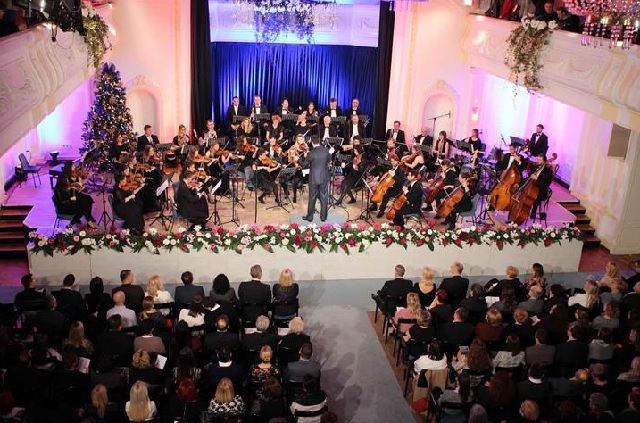
Jan 14, 2010
The Banja Luka Symphony Orchestra started working
The Philharmonic is currently registered as an association of citizens.
The Banja Luka Symphony Orchestra has held about 50 concerts in the past 10 years. The members and the management hope that by the tenth anniversary of their work, they will become formally institutionalized with constant engagement and repertoire.
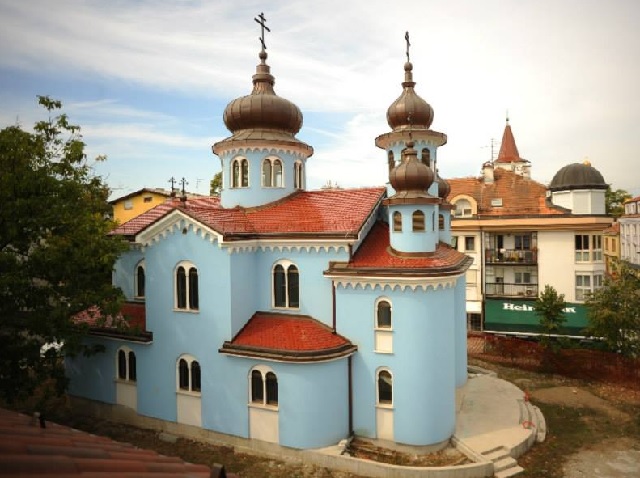
208-2011
The church of the Ukrainian Greek Catholic parish of Christ the Tsar was built
Due to its unusualness and beauty, the "Blue Church" has become one of the symbols of the city.
The Ukrainian Greek Catholic Church of Christ the Tsar was destroyed during World War II. Renovation of the church began in 1998, and the masonry work was completed in 2010.
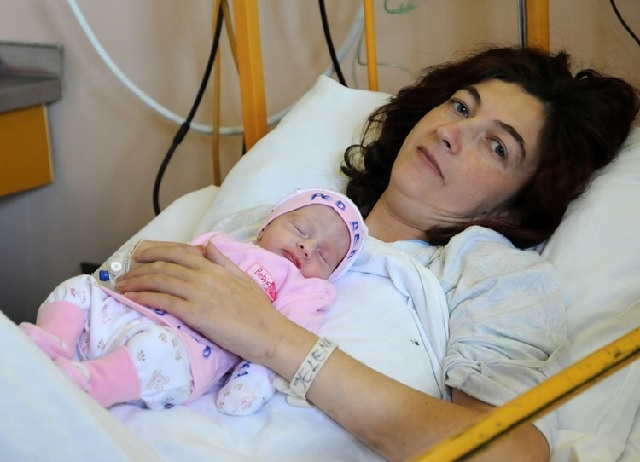
November 18, 2012
"Mother Courage" lost the last battle in KBC in Banja Luka
Jelena Trikić sacrificed her life for the life of an unborn child
Jelena gave birth to a healthy boy in early October despite a brain tumor. The disease was discovered in 2007 and she had two surgeries. She refused to be treated with strong cytostatics to be able to get pregnant.
1. do 15. oktobr 2013.
Unofficial census results state that 185042 people live in Banjaluka
National structure: 165750 Serbs, 7681 Bosniaks, 5104 Croats.
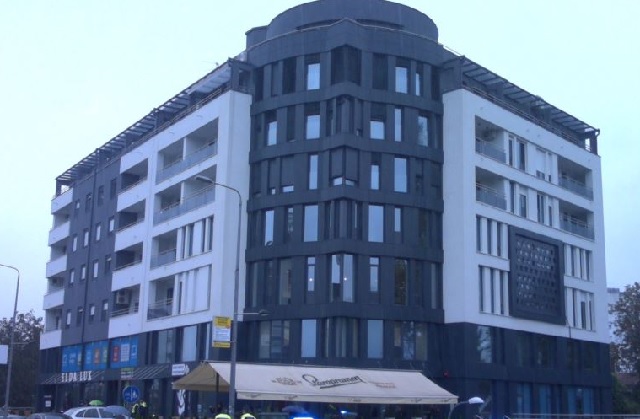
September 2, 2014
Jewish Cultural Center officially opened
A small synagogue was built inside the building.
Once upon a time, Banja Luka was the strongest Jewish community in the region. Today, the number of Jewish families in Banja Luka is measured in tens.
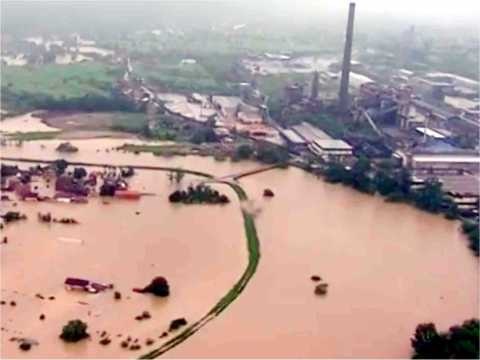
May 15, 2014
Catastrophic floods hit Banja Luka, Republika Srpska and the whole of Bosnia and
Fortunately, no human casualties were recorded in Banja Luka.
The most dramatic was on the night of Thursday to Friday (May 15-16, 2014) and from Friday afternoon, Vrbas began to retreat. Vrbanja also caused great damage, especially at the place where it flows into the Vrbas.
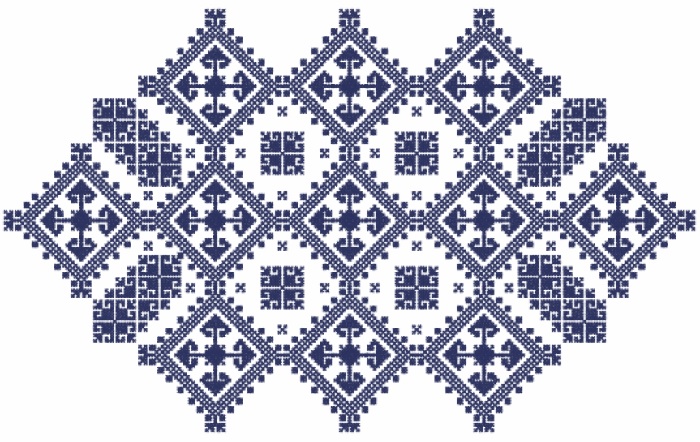
November 26, 2014
Zmijanje embroidery included in the UNESCO Representative List of the Heritage o
Zmijanje embroidery is a specific technique of embroidery practised by the women of villages in the area of Zmijanje.
The blue threads on the white canvas are the basis of the snake embroidery. It is used to decorate women's clothing, including wedding dresses, scarves and bedding. The embroidery contains strong symbolism that is passed down through the generations.
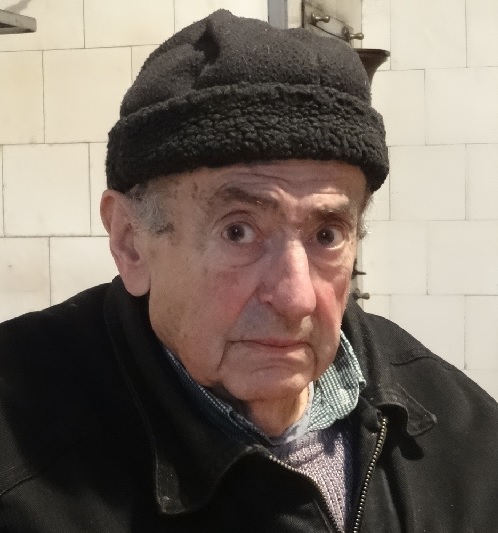
February 1, 2015
Jovan - Joco Bojović died in Banja Luka
His poems are represented in the poetic chronicle "Poetry of the Twenty-Five" and translated into several languages.
Several of his songs were composed by Vlado Milošević for philharmonic and baritone. He was a sports worker, gymnast, weightlifting coach and a great lover of the Vrbas and the Vrbas boat-dajak.

May 22, 2015
The BiH national team won third place at the European Rafting Championships
BH team, composed of members of the Banja Luka Dajak Club, won a silver medal in downhill and a bronze medal in sprint.
From the 20th to the 25th, the European Rafting Championship "Banja Luka - Vrbas 2015" was held, in which about 400 competitors from 17 countries participated.

May 7, 2016
Opening ceremony of a rebuilt Ferhadija
With presence of many believers and dignitaries of all confessions most famous mosque in Banjaluka was reopened.
More than 10000 believers attended the opening ceremony. Most of them arrived in one of the 150 buses that came specifically for that occasion.
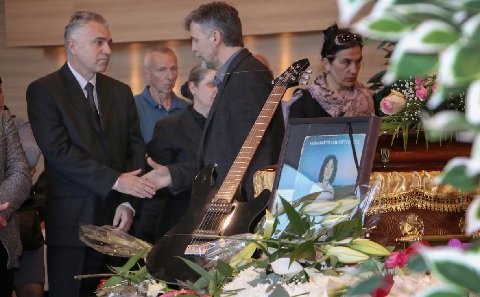
May 4, 2016
Jadranka Stojaković died at the age of 66
She was buried with a guitar while the melodies of her songs resounded in the cemetery in the Banja Luka settlement of Vrbanja. She was ill for a long time, and passed away at the Banja Luka Special Center "John Paul II" Home for the Elderly.
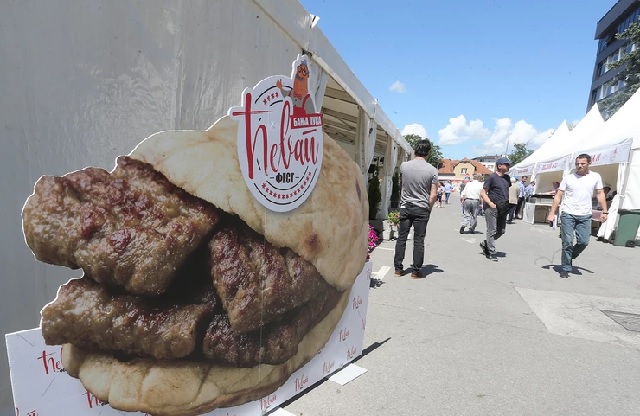
January 13, 2018
The first Banja Luka “Ćevap fest” (Kebab Fest) was held
The term "Kebab Fest" has been changed and is traditionally held as part of the "Spring in Banja Luka" event.
Culinary festival in honor of the most famous Banja Luka gastro brand. The people of Banja Luka have no dilemma as to "Banja Luka kebab in tiles is far tastier than any other kebab".

March 18, 2018
David Dragicevic, a 21-year-old young man from Banja Luka, has disappeared
After the discovery of David's body, several hundred citizens of Banja Luka held a protest demanding that the culprits be found.
There were doubts about the work of the police and state bodies. The protests continued and a whole movement emerged: "Justice for David".

September 4, 2018
Marjan Beneš died aged 67
Most beloved and wholehearted Yugoslav boxer of all times.
Banjaluka had many famous and successful boxers. But when someone mentions boxing and Banjaluka they think of Marjan Beneš. Along with Mato Parlov, he is considered to be the best boxer of all time from Yugoslavia.

2019
The novel "Mulatto albino mosquito" by Steve Grabovac has been published
A novel about the search for happiness of young people whose wars, fighters for the national cause and transitions have taken aw
With this novel, which was shortlisted for the NIN Award, the Banja Luka writer Stevo Grabovac confirmed the reputation of the writer of the "lost generation" who is looking for the meaning of life after the war.
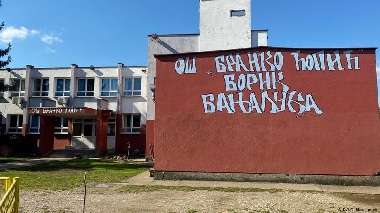
March 5, 2020
Banja Luka and the rest of the world were hit by the covid-19 virus coronary pan
The first recorded case in Banja Luka was registered with a person who returned from Italy at the end of February.
On March 29, 2020, a State of emergency was declared in Banja Luka and Republika Srpska. Since the pandemic is still going on, one can only speculate about the consequences.
 50,000 - 35,000 BC, Musterian era
50,000 - 35,000 BC, Musterian era  early Neolithic era, cca 6500 BC
early Neolithic era, cca 6500 BC  Eneolithic: 2500. - 1800. BC
Eneolithic: 2500. - 1800. BC  1800 - 700 BC
1800 - 700 BC  550 BC - 300 AD
550 BC - 300 AD  2nd century BC-5th century AD
2nd century BC-5th century AD  6-9 AD
6-9 AD  from the 1st to the 5th century AD
from the 1st to the 5th century AD  6th - 7th century
6- 7 century AD
6th - 7th century
6- 7 century AD  the end of the 6th and the beginning of the 7th century AD
the end of the 6th and the beginning of the 7th century AD  end of the 12th century
end of the 12th century  1293
1293  1434
1434  1463.-1528.
1463.-1528.  February 6, 1494
February 6, 1494  1527 or the first days of 1528
1527 or the first days of 1528  Beginning of the 16th century
Beginning of the 16th century  around 1530
around 1530  1533
1533  1535
1535  1554
1554  1579 - 1587
1579 - 1587  1580–1639.
1580–1639.  1587
1587  September 1590
September 1590  1595.-1603.
1595.-1603.  1595
1595  around 1660
around 1660  around 1660
around 1660  1688-1690
1688-1690  1690-1795
1690-1795  1690
1690  1699
1699  1729.- 1739.
1729.- 1739.  August 4, 1737
August 4, 1737  1779
1779  July 8, 1818
July 8, 1818  1827
1827  Mart 1851
Mart 1851  1862.
1862.  The end of the 19th century
The end of the 19th century
 1866
1866  1868
1868  1870.
1870.  1872
1872  December 24, 1872
December 24, 1872  1873
1873  1873.
1873.  1875
1875  1875
1875  1875
1875  July 29, 1877
July 29, 1877  July 31, 1878
July 31, 1878  1878
1878  1879
1879  1882
1882  completed around 1883
completed around 1883  1888
1888  1889
1889  1885
1885  July 1, 1892
July 1, 1892  October 4, 1896
October 4, 1896  December 16, 1896
December 16, 1896  March 27, 1899
March 27, 1899  April 10, 1901
April 10, 1901  19'02
19'02  Feb 1, 1903
Feb 1, 1903  Apr 20, 1906
Apr 20, 1906  October 2, 1906
October 2, 1906  1908
1908  May 20, 1911
May 20, 1911  June 1914
June 1914  November 1915 - March 1916
November 1915 - March 1916  21. avgusta 1918.
21. avgusta 1918.  November 27, 1918
November 27, 1918  November 21, 1918
November 21, 1918  1921
1921  July 4, 1926
July 4, 1926  March 2, 1927
March 2, 1927  1927
1927  August 26, 1927
August 26, 1927  1929.-1939.
1929.-1939.  3 August 1929
3 August 1929  October 3, 1929
October 3, 1929  November 20, 1929
November 20, 1929  1930
1930  September 26, 1930
September 26, 1930  8-25. August 1931
8-25. August 1931  September 2, 1930
September 2, 1930  January 10, 1931
January 10, 1931  November 6, 1932
November 6, 1932  December 6, 1932
December 6, 1932  January 28, 1934
January 28, 1934
 1934
1934  1934
1934  1934
1934  1936
1936  September 5, 1937
September 5, 1937  1938
1938  June 9, 1938
June 9, 1938  April 9, 1941
April 9, 1941  April 6, 1941
April 6, 1941  April 14, 1941
April 14, 1941  1941-1945
1941-1945  May 5, 1941
May 5, 1941  1941-1945
1941-1945  February 7, 1942
February 7, 1942  July 4,1942
July 4,1942  May 2, 1943
May 2, 1943  May 29 and 31, 1944
May 29 and 31, 1944  August 18, 1944 to September 27, 1944.
August 18, 1944 to September 27, 1944.  April 22, 1945
April 22, 1945  1948
1948  March 7, 1950
March 7, 1950  1950-1970
1950-1970  October 17, 1950
October 17, 1950  1954
1954  December 30, 1955
December 30, 1955  1961
1961  February 12, 1960
February 12, 1960  May 24, 1960
May 24, 1960  July 27, 1961
July 27, 1961  October 7, 1961
October 7, 1961  September 16, 1966
September 16, 1966  1967
1967  February 2, 1967
February 2, 1967  October 27, 1969
October 27, 1969  1970
1970  1970-1980, 1984-1987
1970-1980, 1984-1987  1971
1971  1972-73
1972-73  November 15, 1974
November 15, 1974  April 20, 1974
April 20, 1974  November 5, 1975
November 5, 1975  1975
1975  November 7, 1975
November 7, 1975  April 11, 1976
April 11, 1976  1976
1976  March 21, 1978
March 21, 1978  1979
1979  19 to 28 Sep. 1980
19 to 28 Sep. 1980  11 August 1984.
11 August 1984.  March 25, 1987
March 25, 1987  May 11, 1988
May 11, 1988  August 26, 1990
August 26, 1990  1992-1995
1992-1995  March 22, 1993
March 22, 1993  1993
1993  September 1996
September 1996  2001
2001  May 22, 2003
May 22, 2003  May 18, 2004
May 18, 2004  November 2007
November 2007  July 2008
July 2008  17 May 2009
17 May 2009  Jan 14, 2010
Jan 14, 2010  208-2011
208-2011  November 18, 2012
November 18, 2012  September 2, 2014
September 2, 2014  May 15, 2014
May 15, 2014  November 26, 2014
November 26, 2014  February 1, 2015
February 1, 2015  May 22, 2015
May 22, 2015  May 7, 2016
May 7, 2016  May 4, 2016
May 4, 2016  January 13, 2018
January 13, 2018  March 18, 2018
March 18, 2018  September 4, 2018
September 4, 2018  2019
2019  March 5, 2020
March 5, 2020